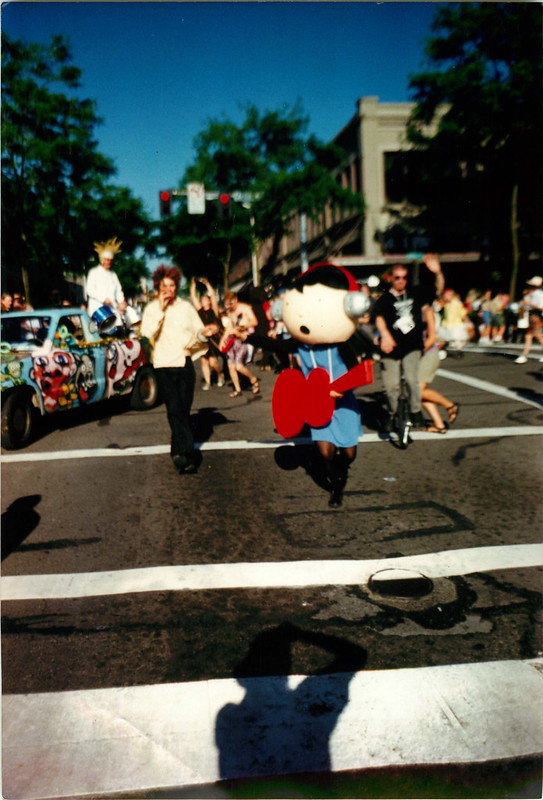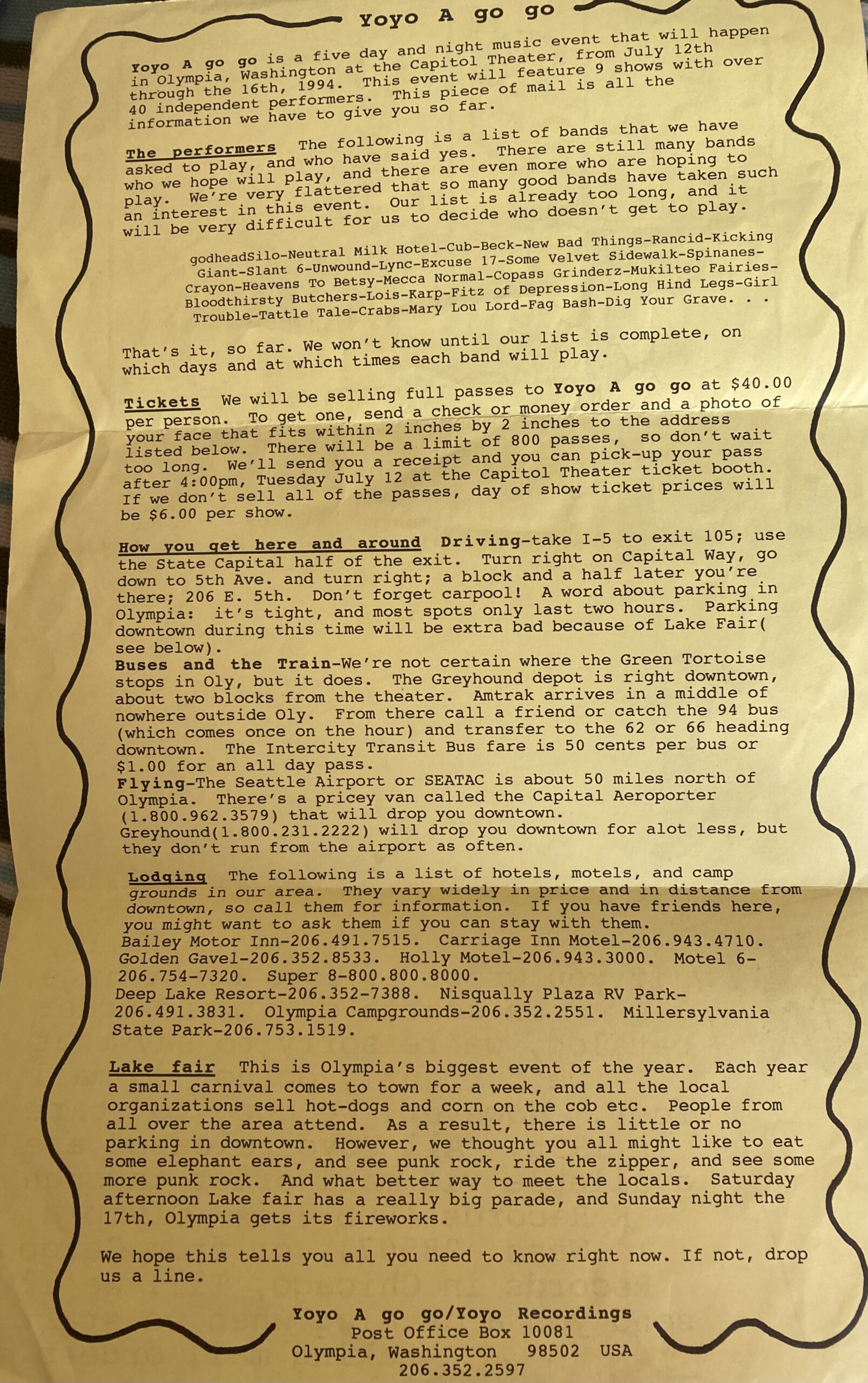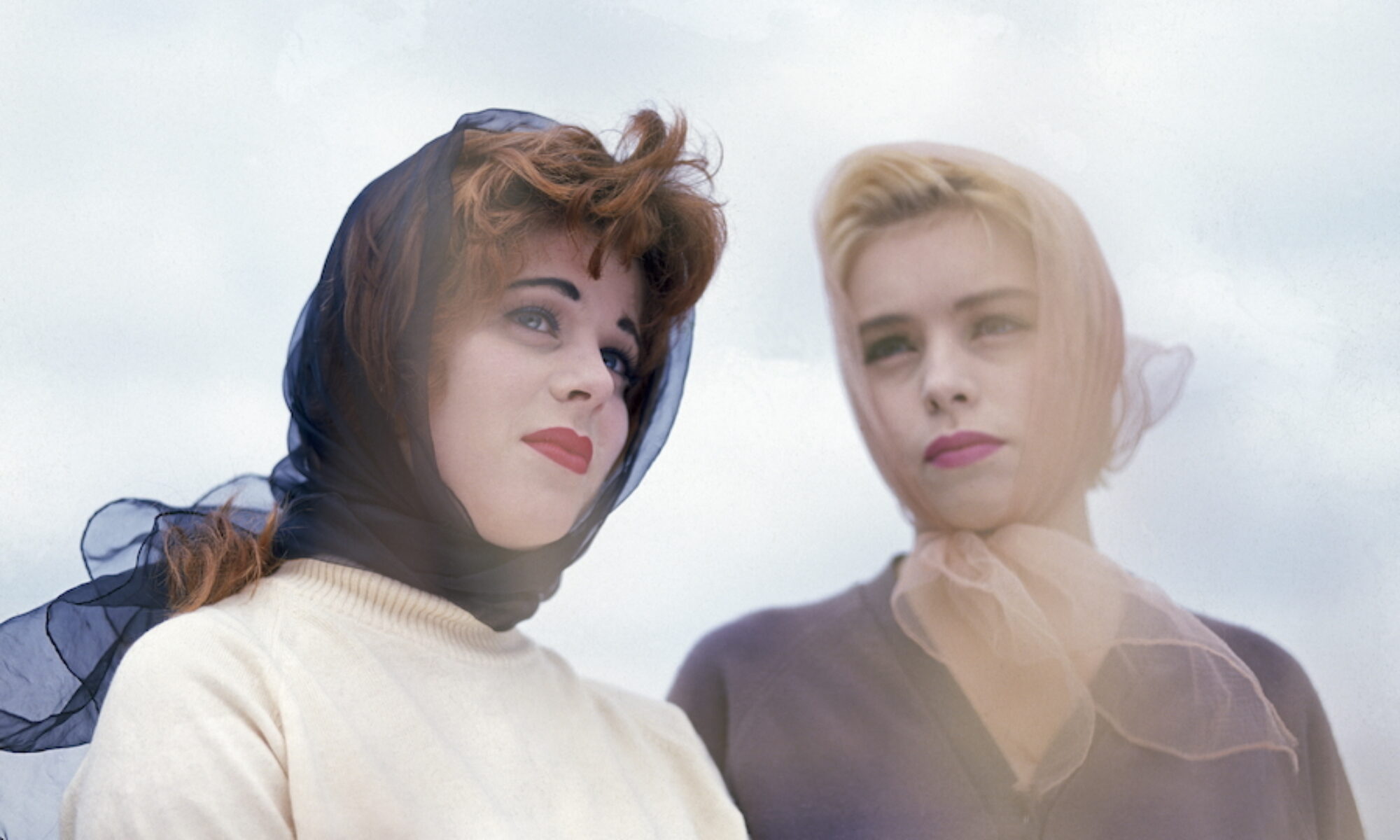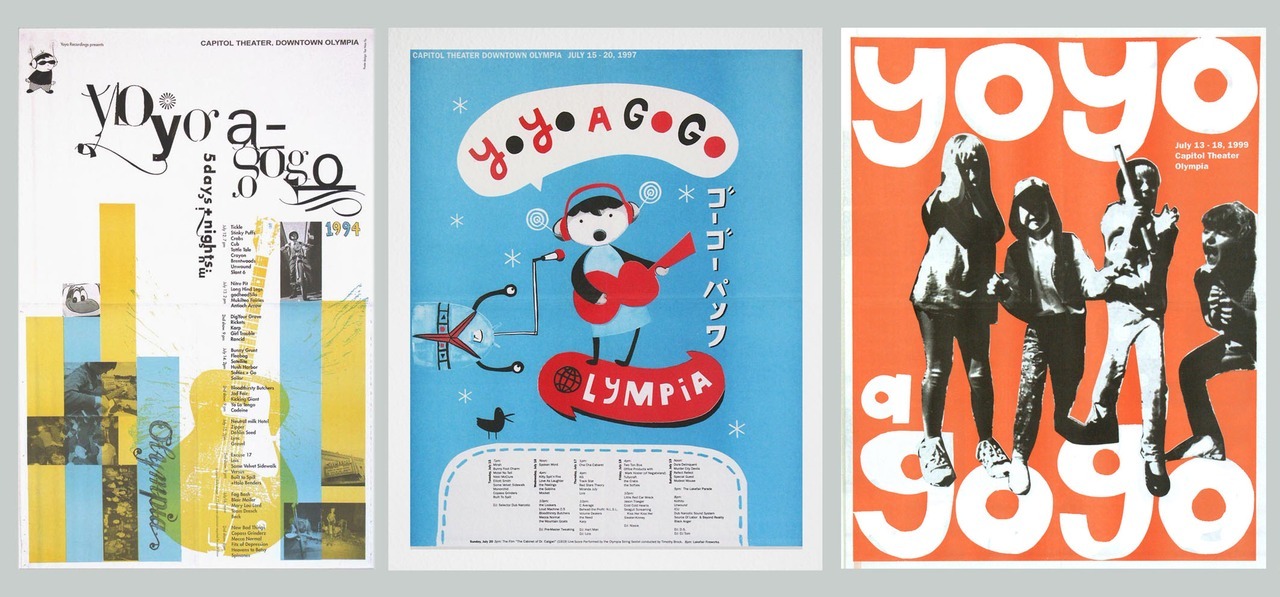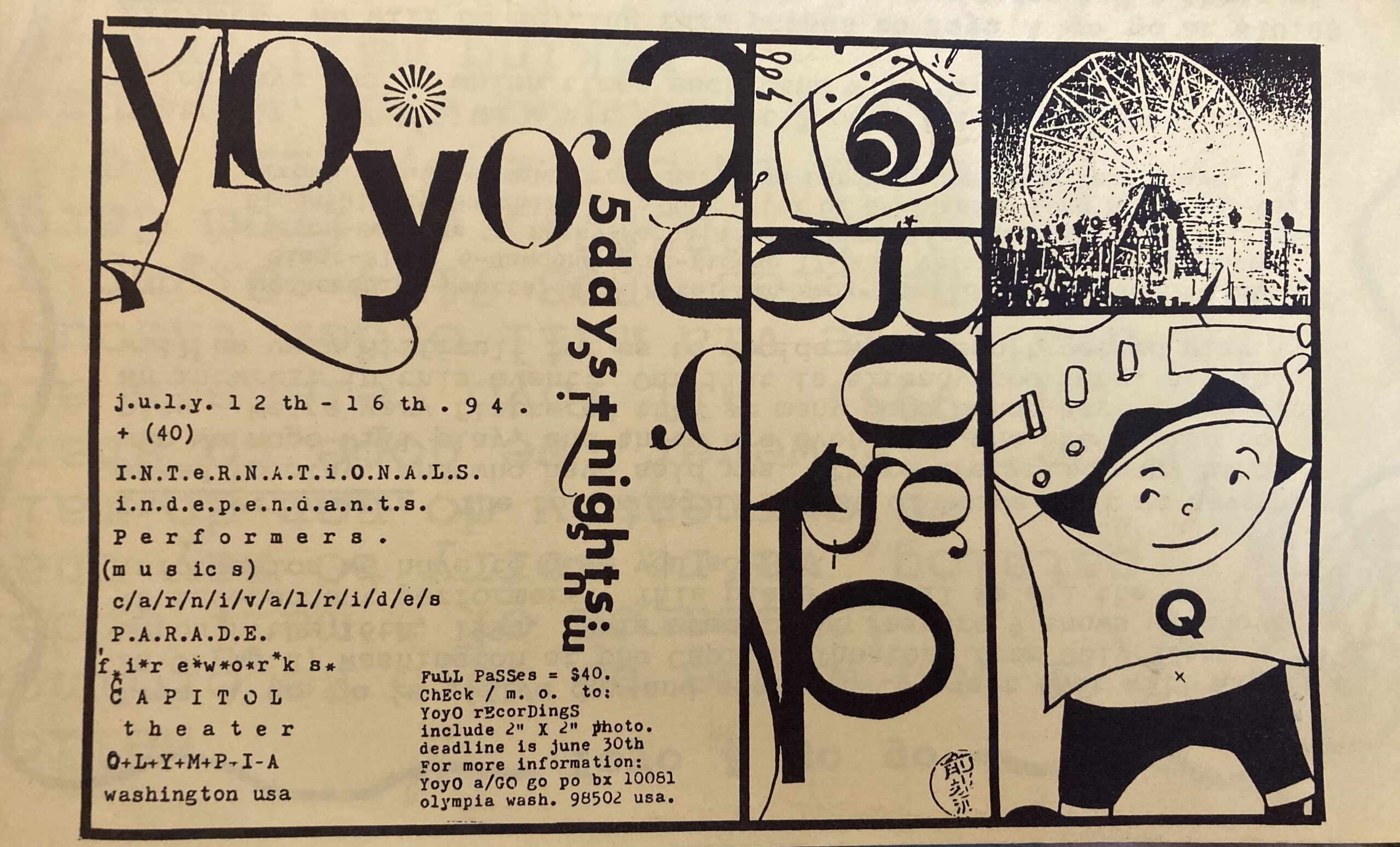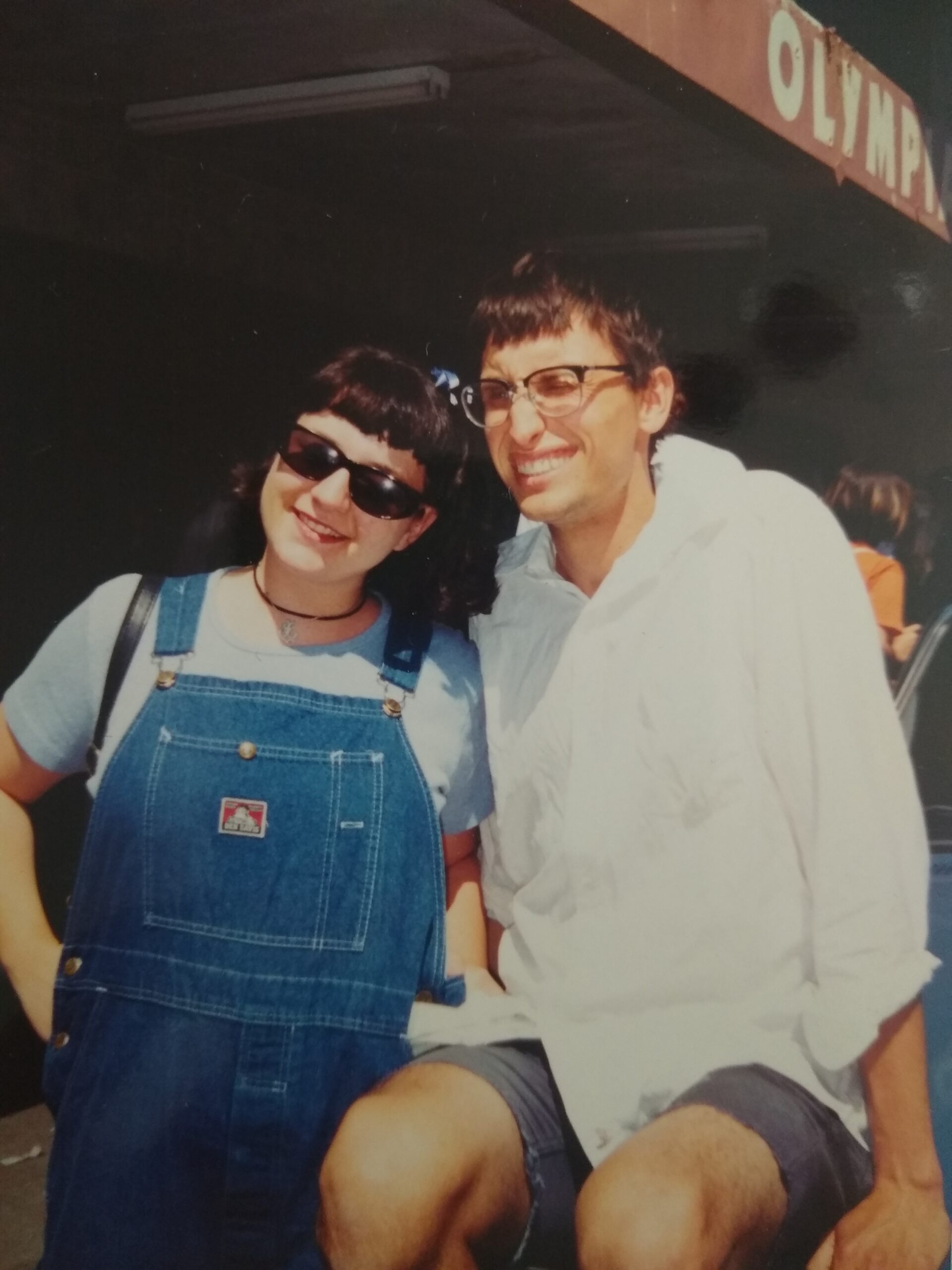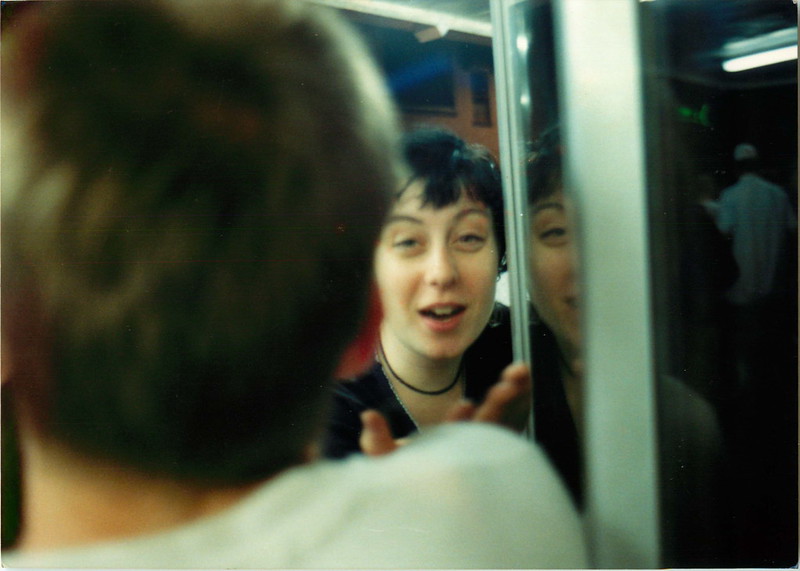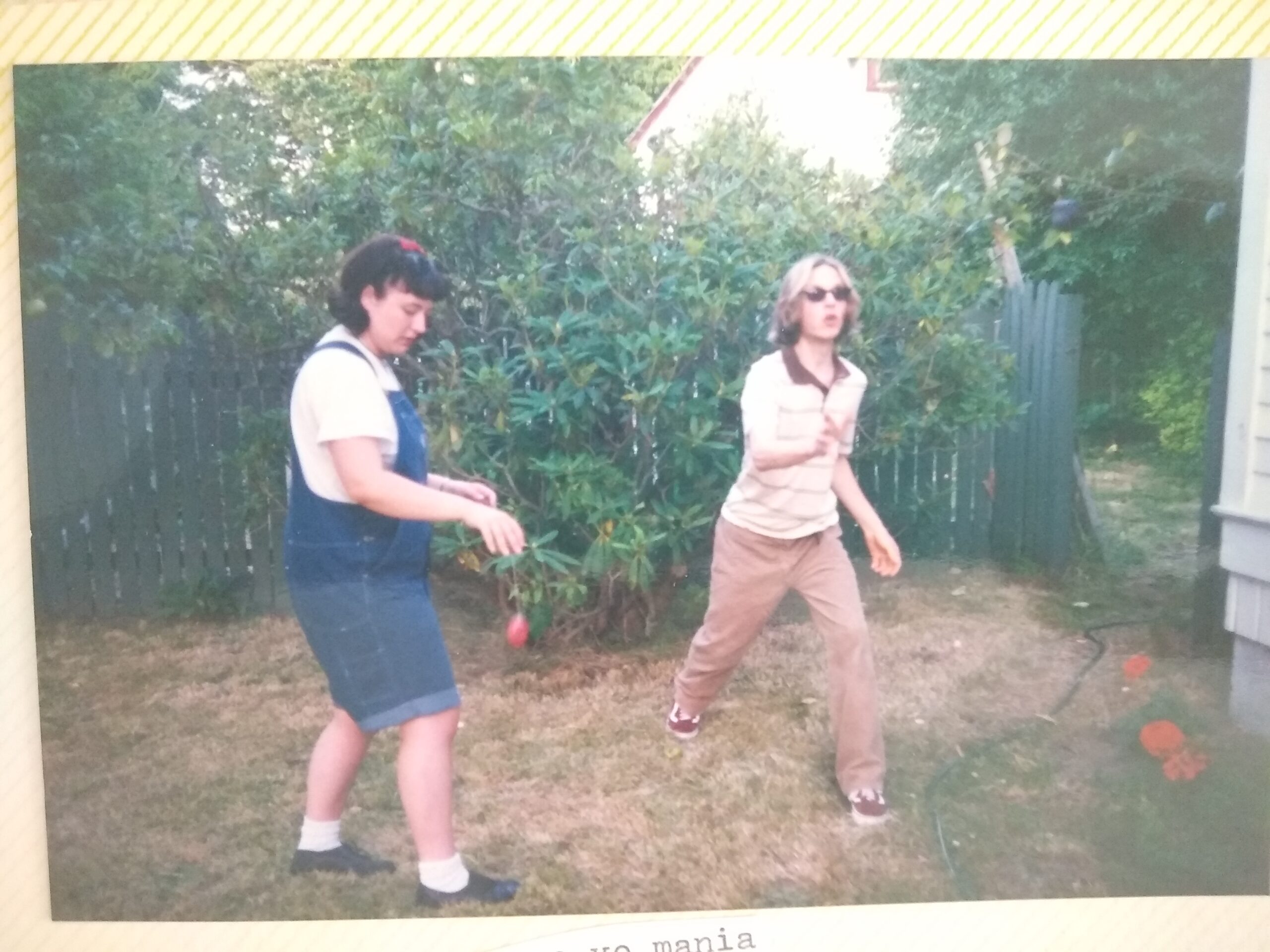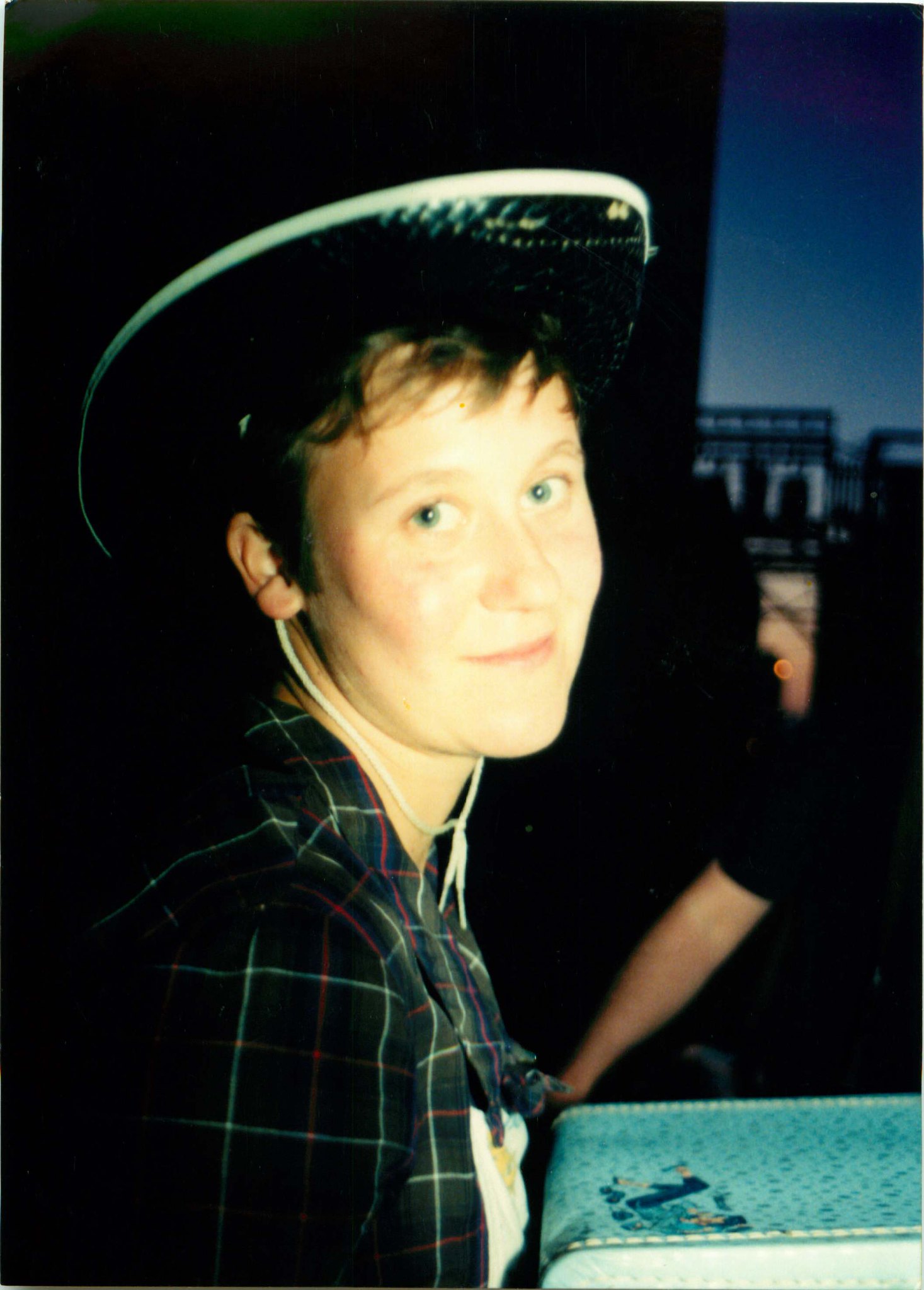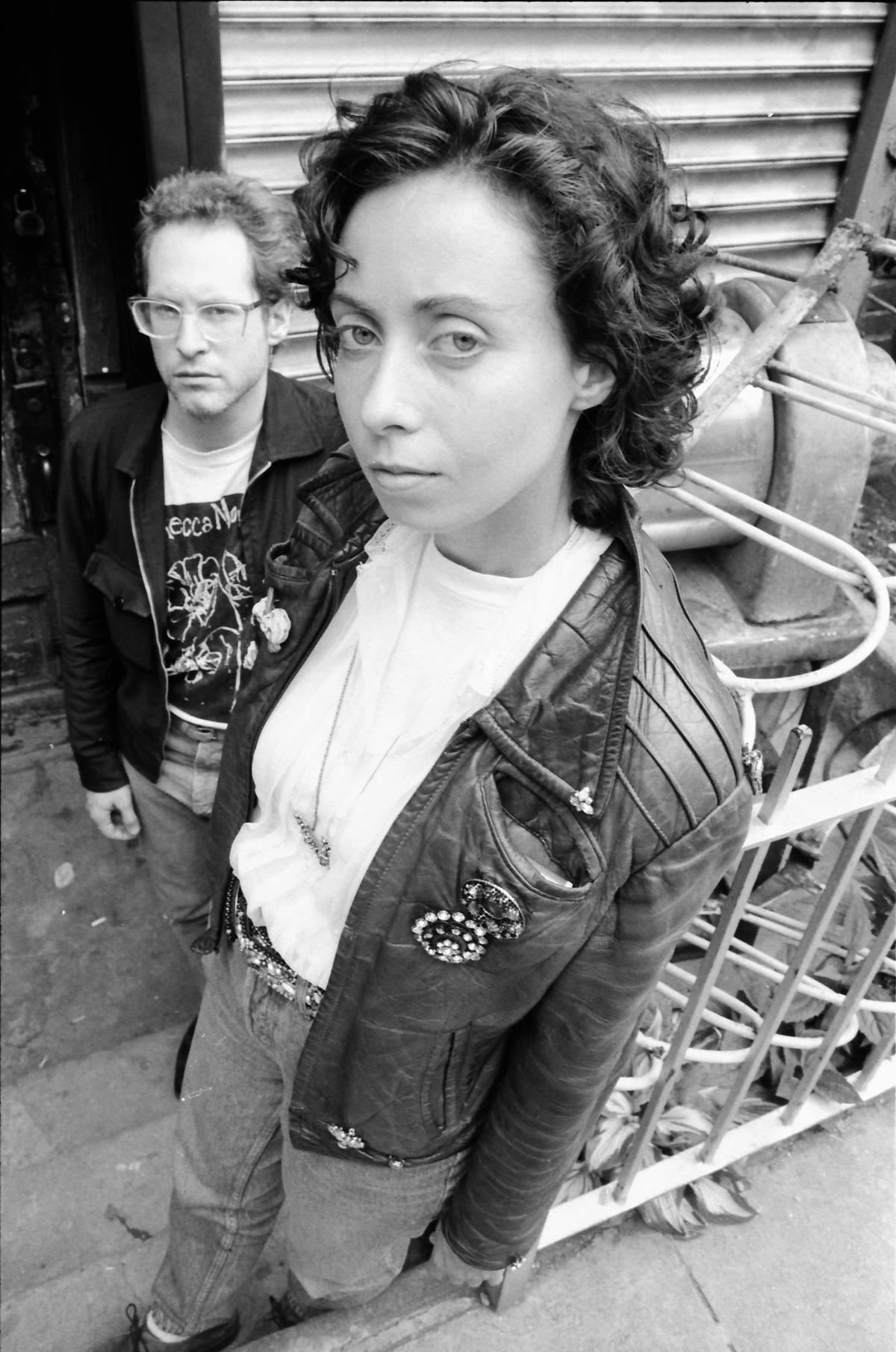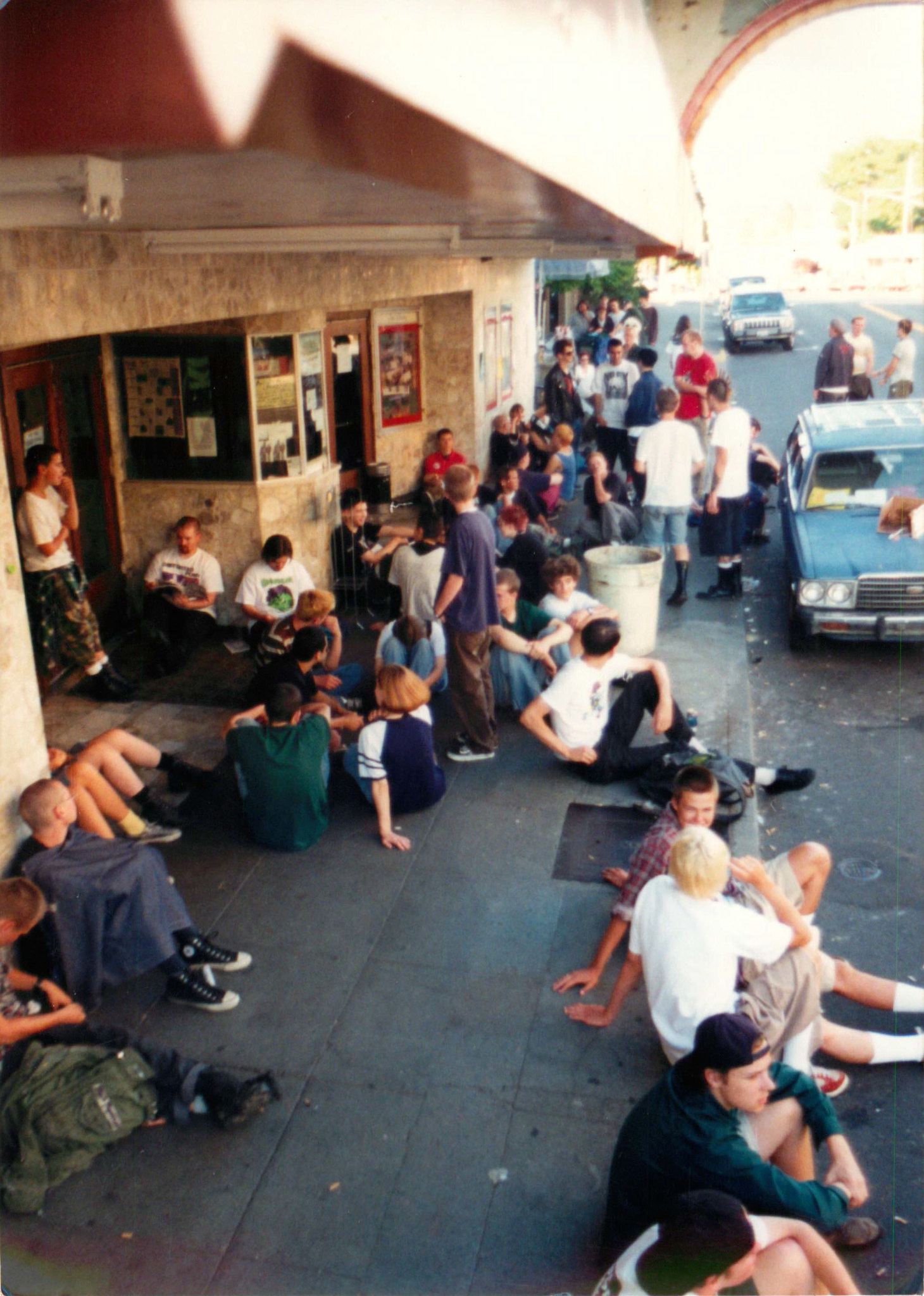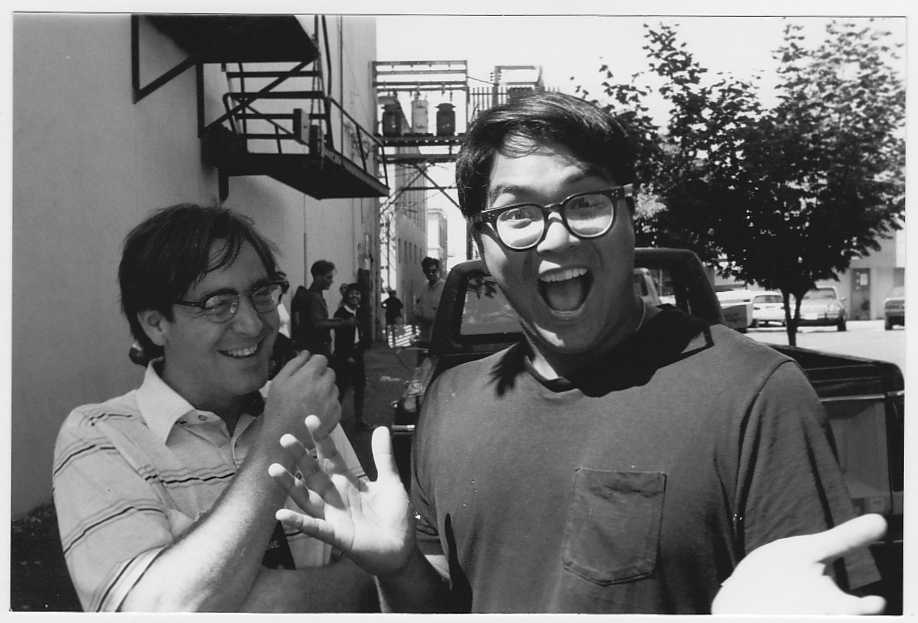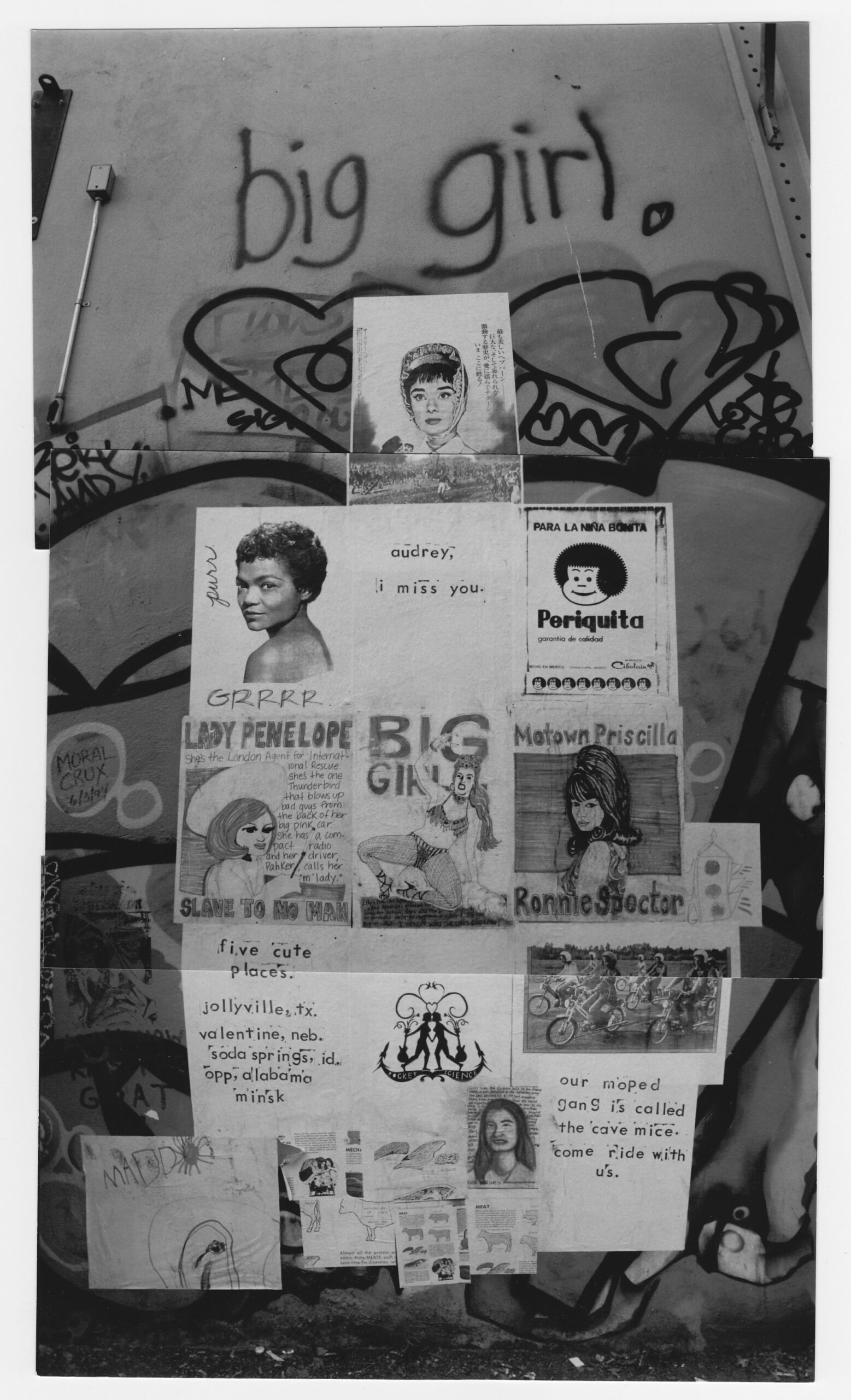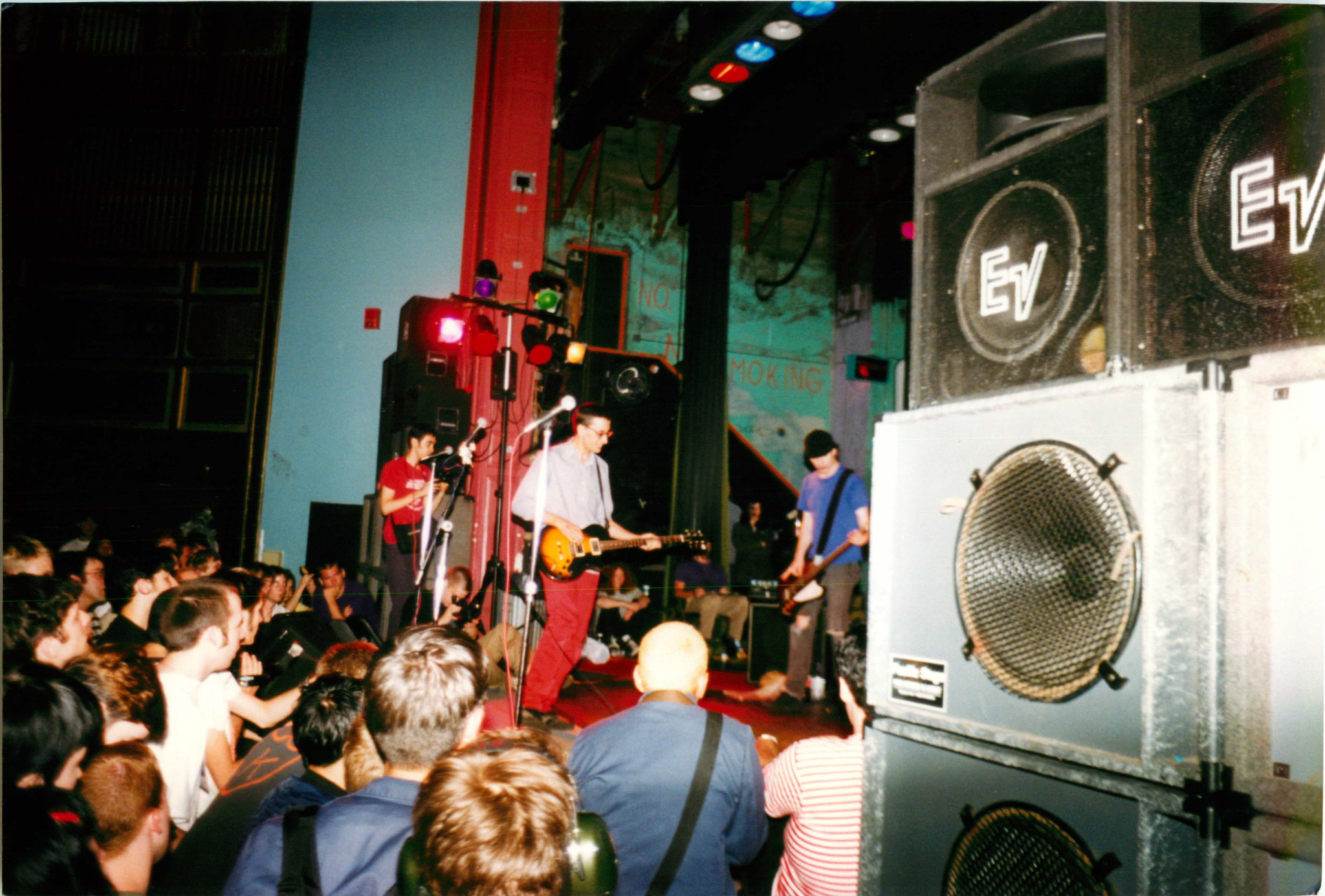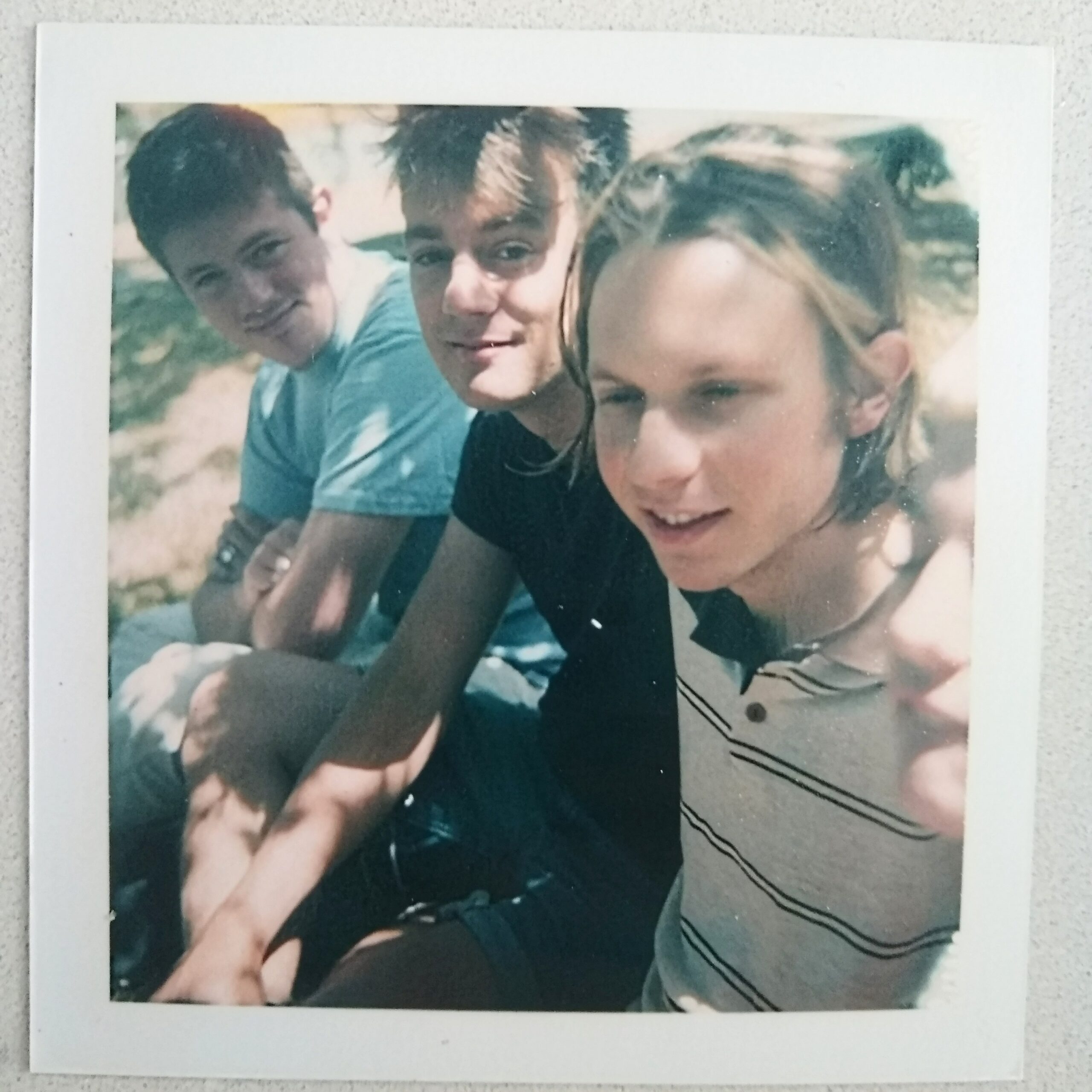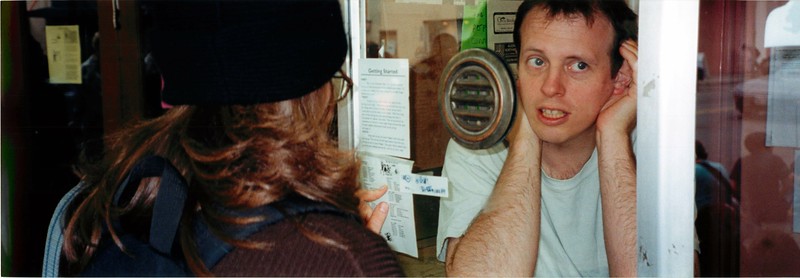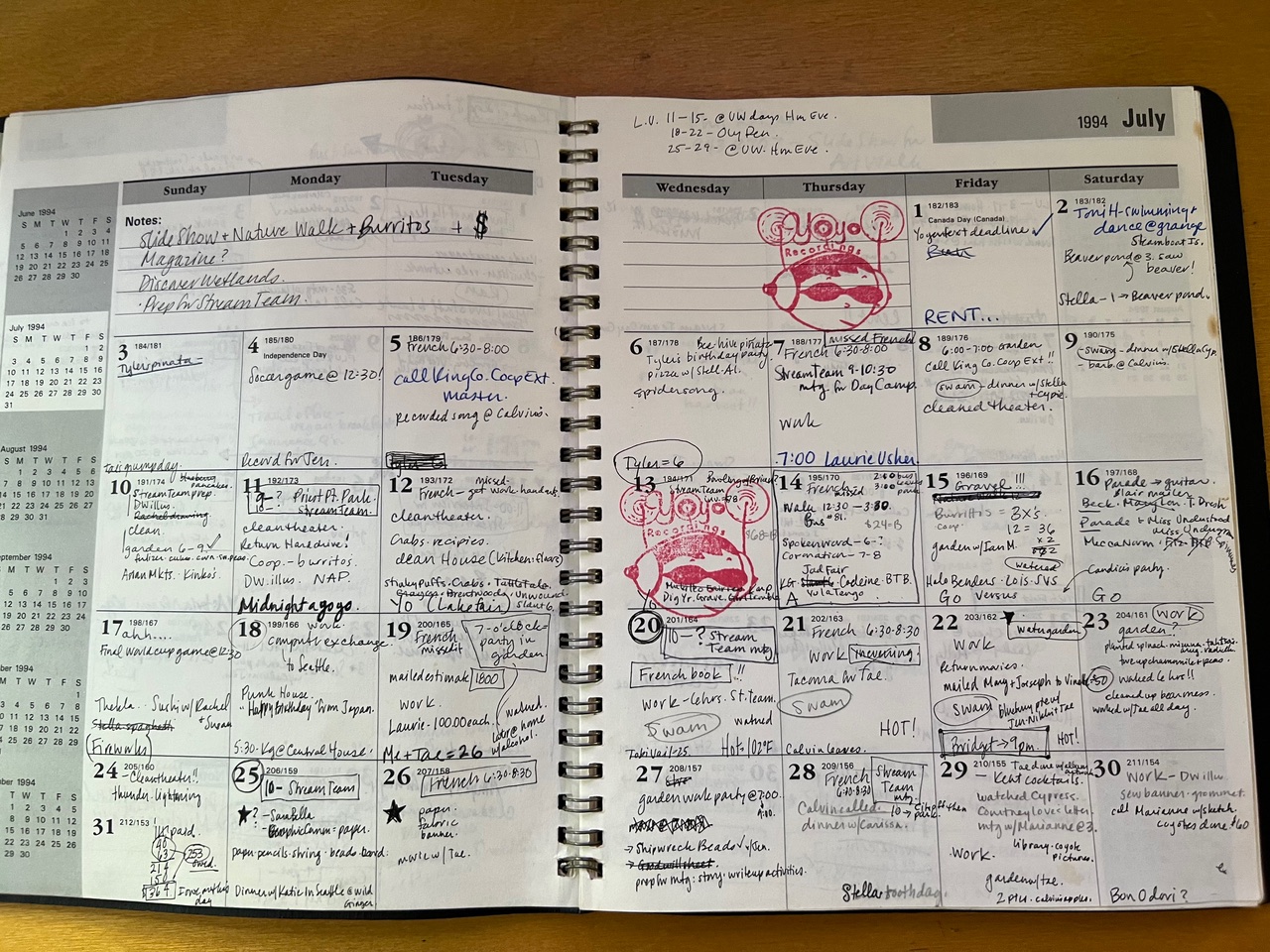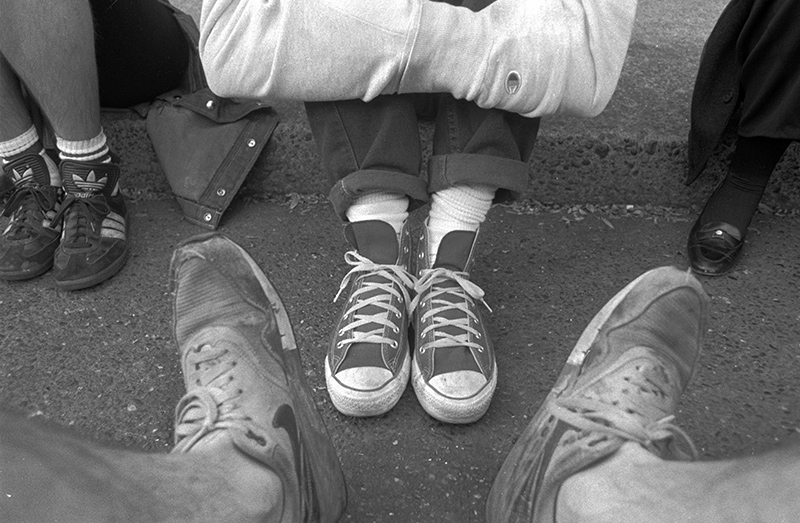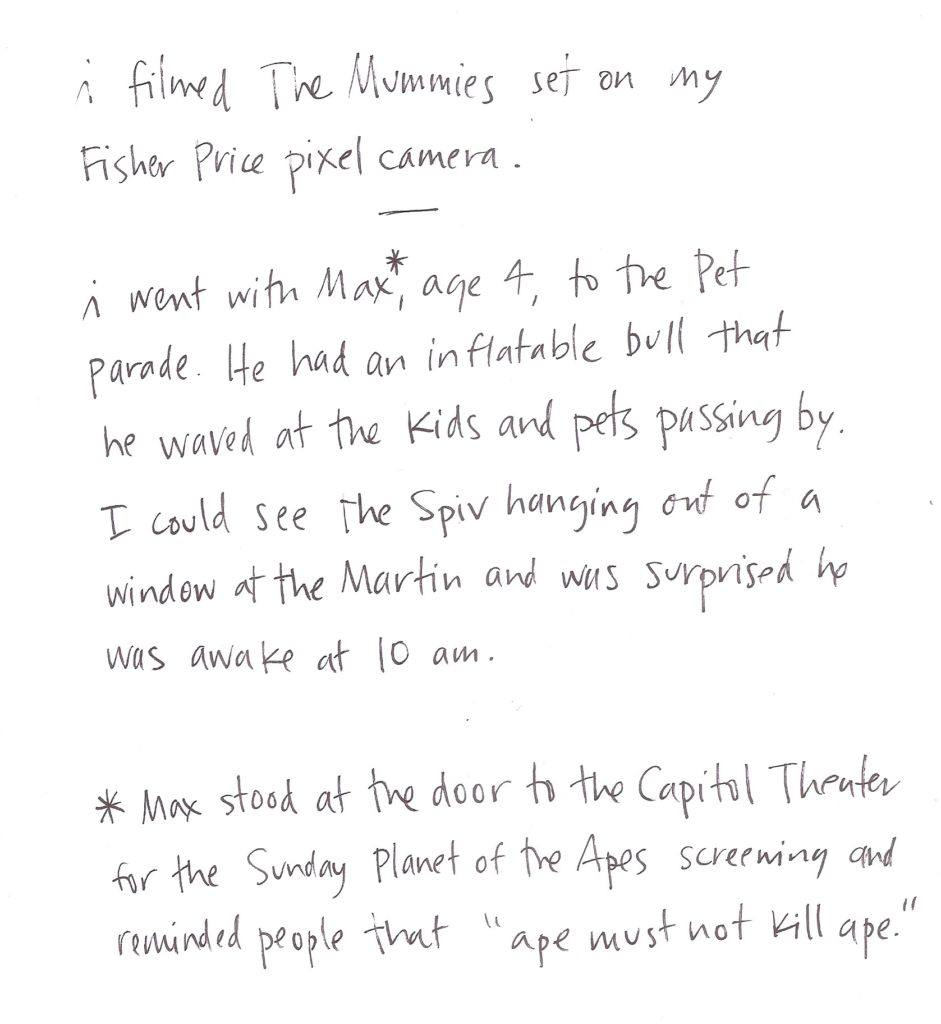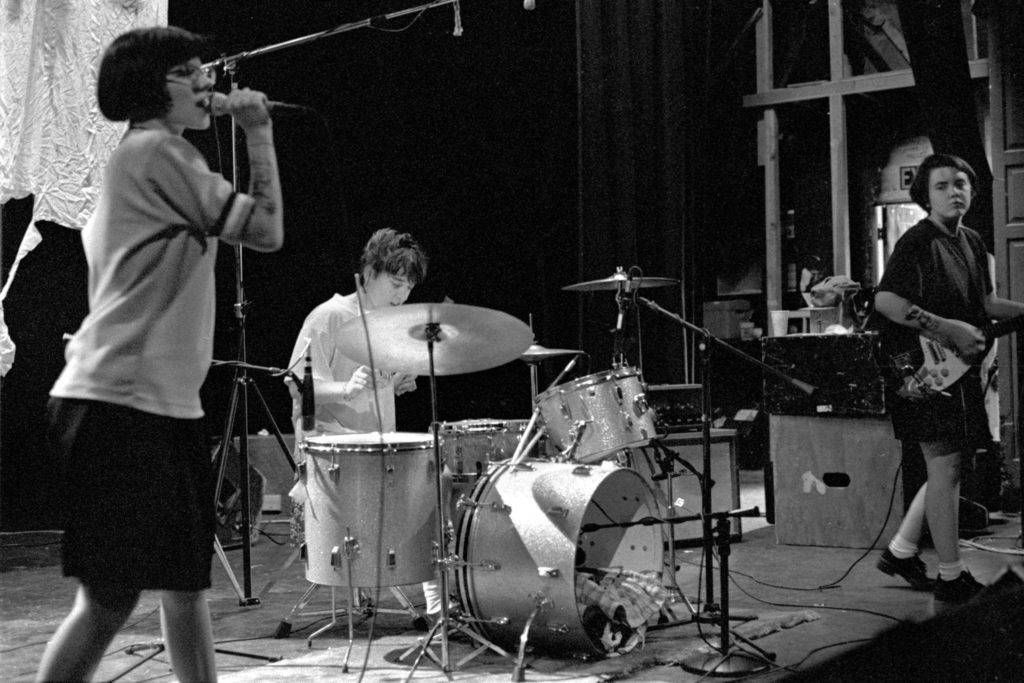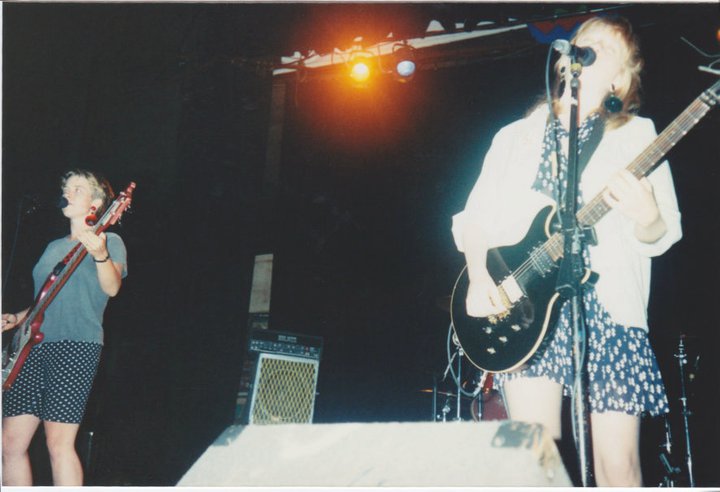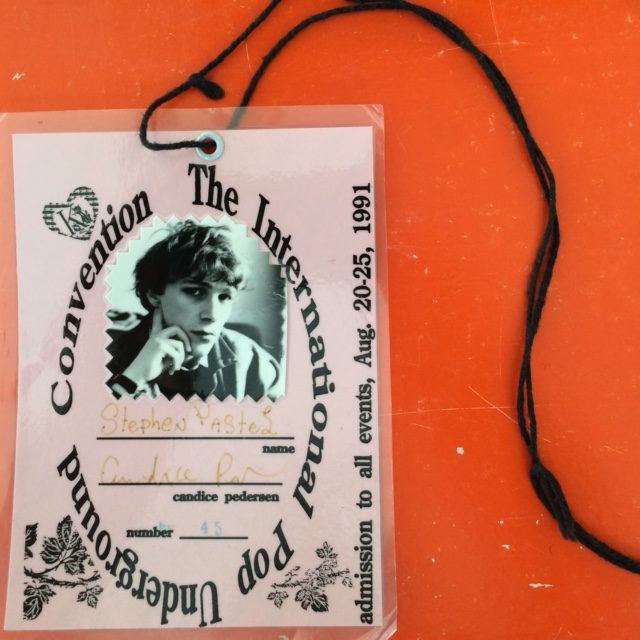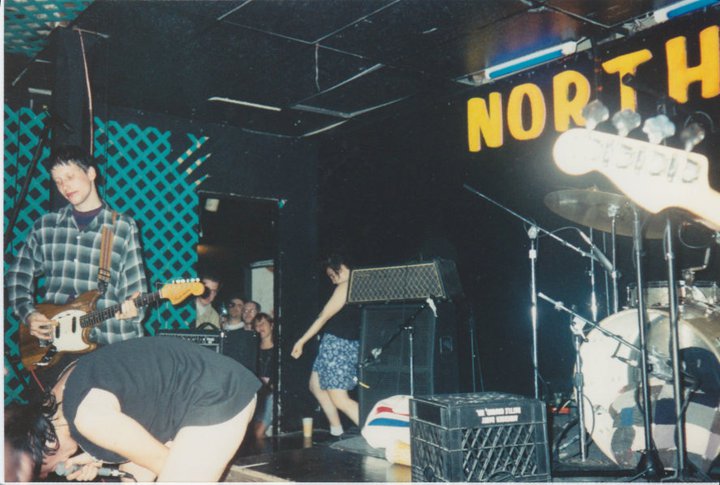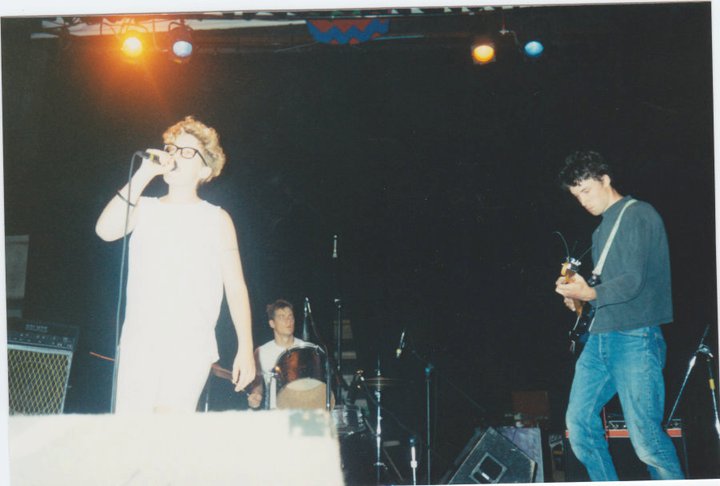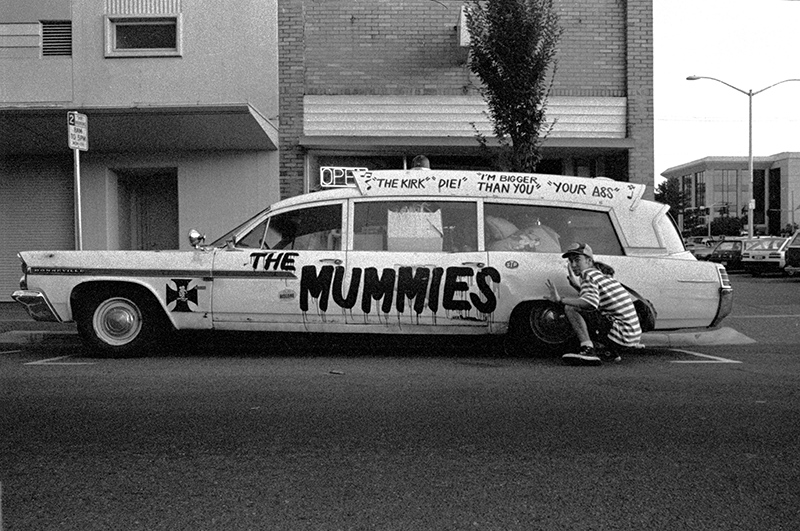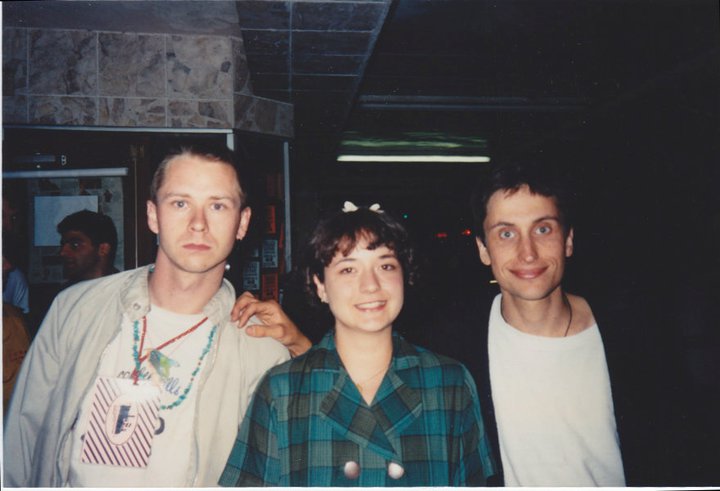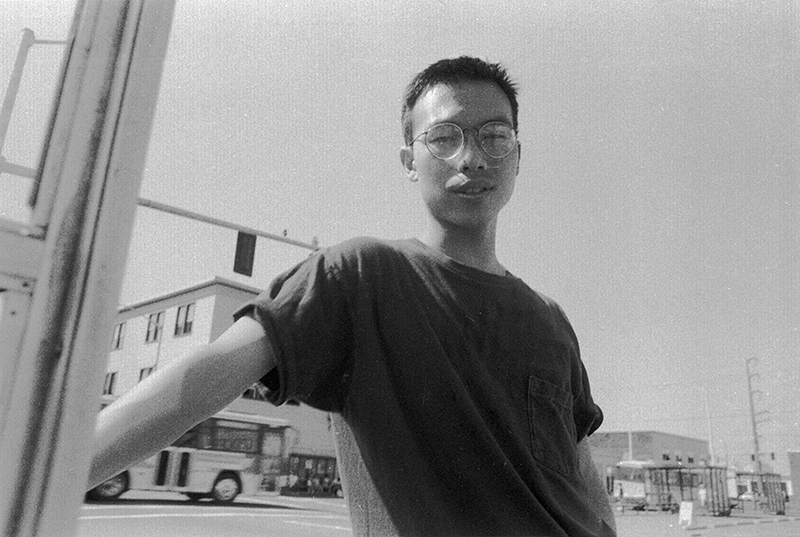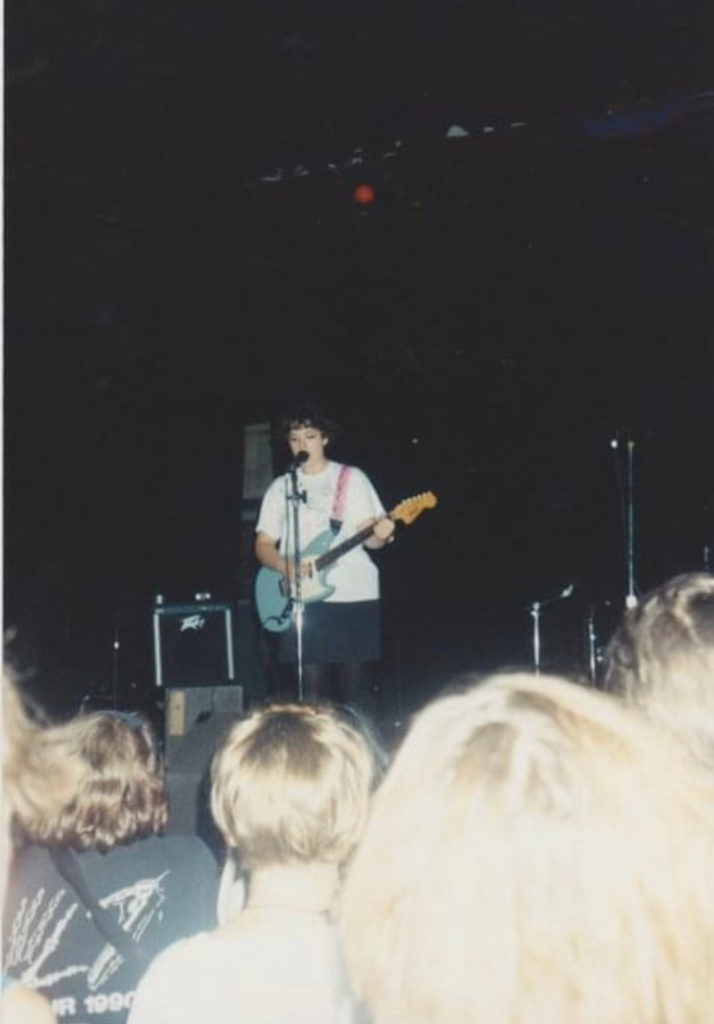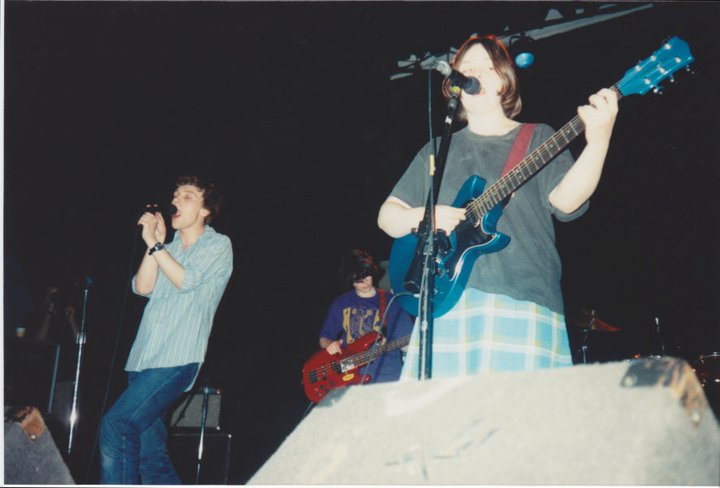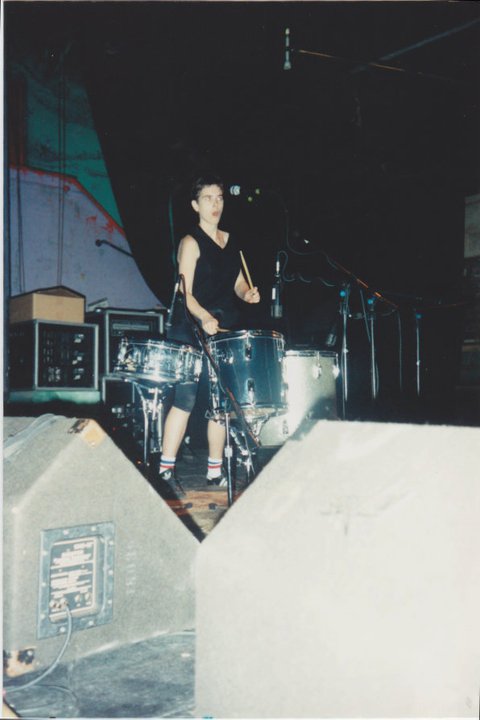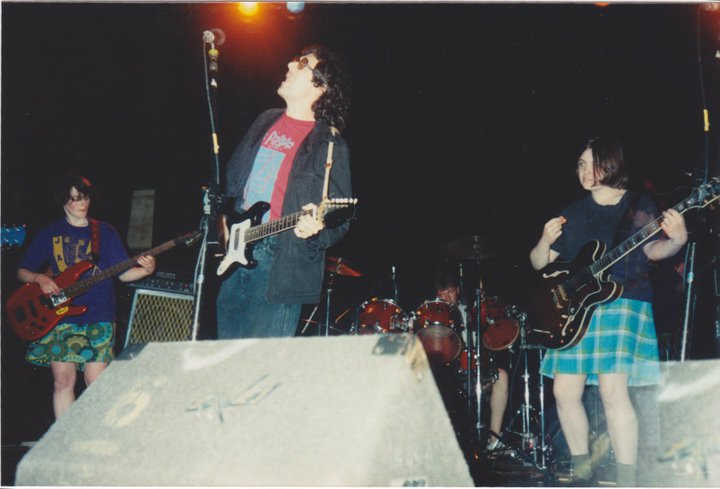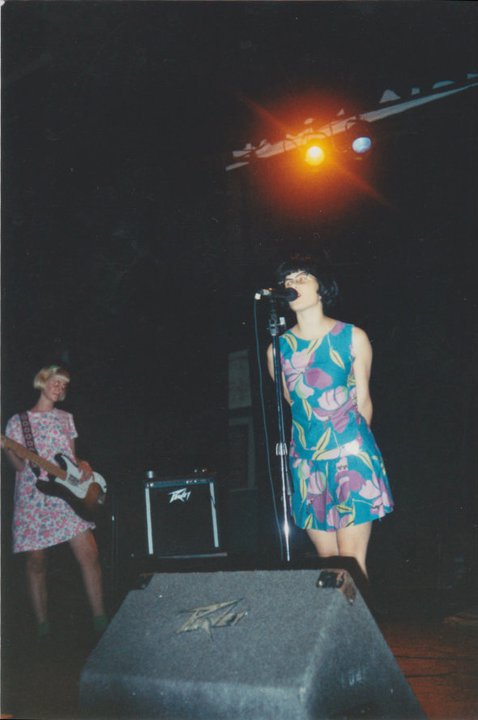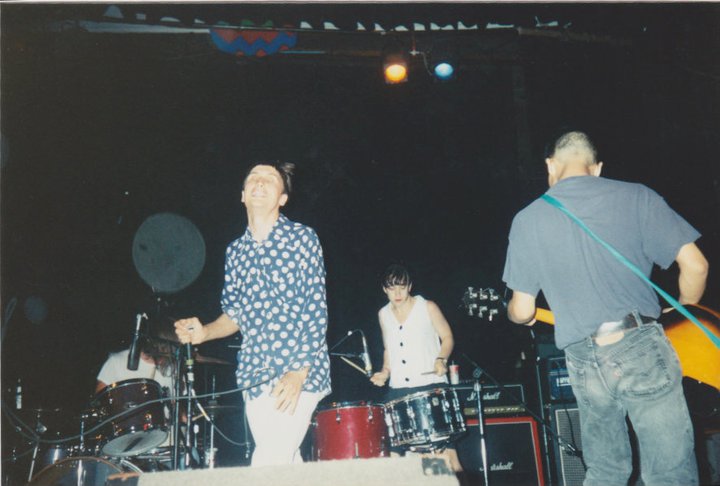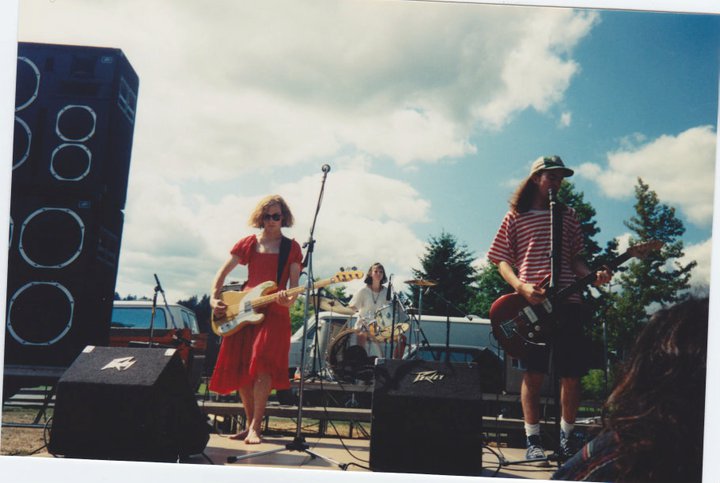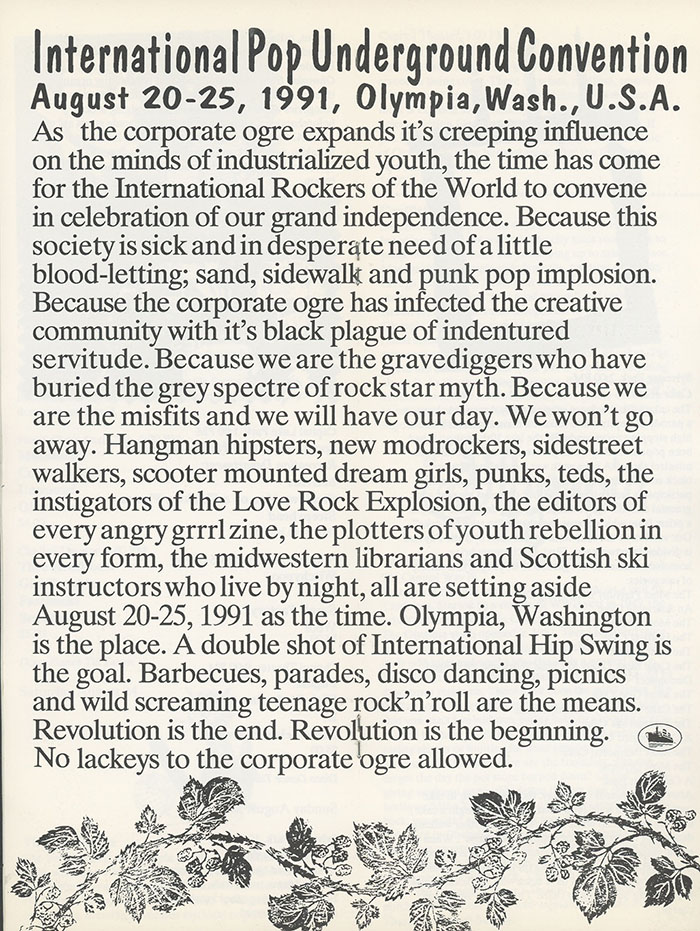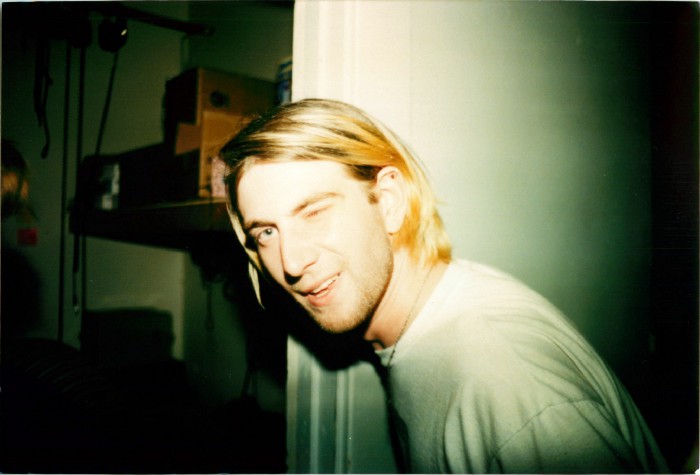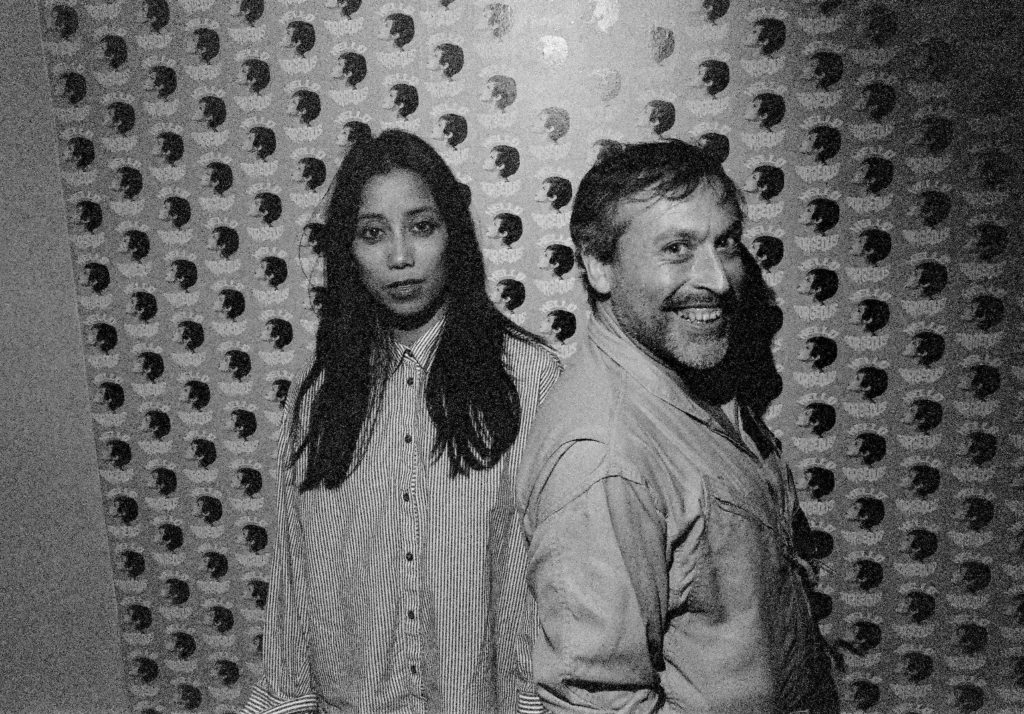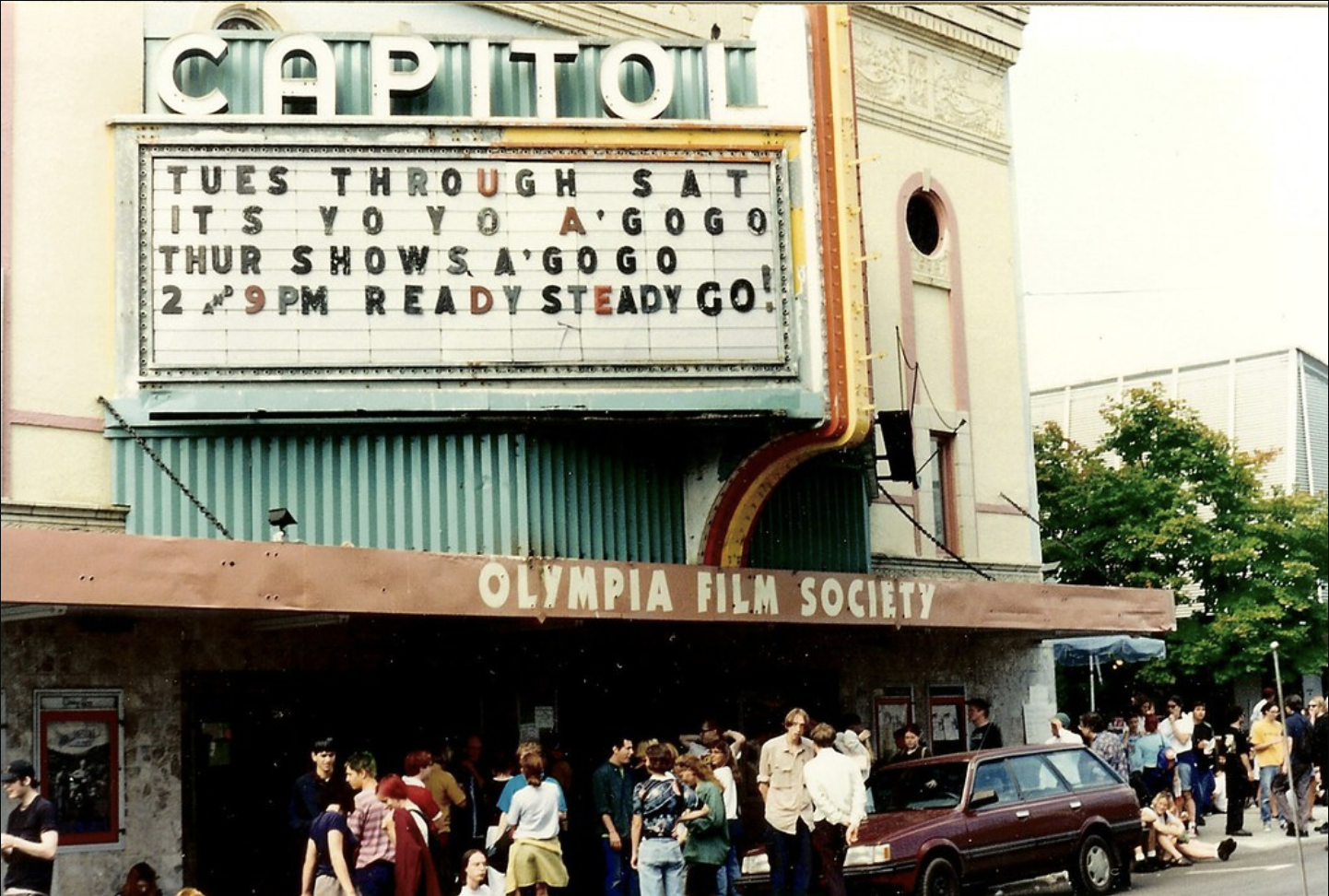
From July 12 to 16, 1994, the original YoYo a GoGo festival happened at the Capitol Theater in Olympia, Washington. It was organized by Yoyo Records’ Pat Maley, Michelle Noel, Kent Oiwa, along with Pat Castaldo, Diana Arens, Sara Lorimer, and others, and there were subsequent YoYos in 1997, 1999 and 2001. Carrying on from the great tradition of pop festivals like the International Pop Underground Convention (1991) and Lotsa Pop Losers (1991), it featured a ridiculous lineup that included superfeminist superstars Team Dresch and Mecca Normal, loud bands, quiet bands, punk bands, pop bands, see a full lineup later in the piece. This part features words and photos from organizers Pat Maley and Pat Castaldo, fan Bryce Edwards and fan/documenter Brett Sandström (special thanks to Jen Sbragia, Pat C and Brett for the images). Please note: not all of the photos below are from 1994 YYaGG.
Read Part 1 here (with Jean Smith (Mecca Normal), Jen Sbragia (The Softies), Lois Maffeo, David Nichols (Blairmailer), Nikki McClure, Tracy Wilson (Dahlia Seed), and Sara Lund (Unwound).
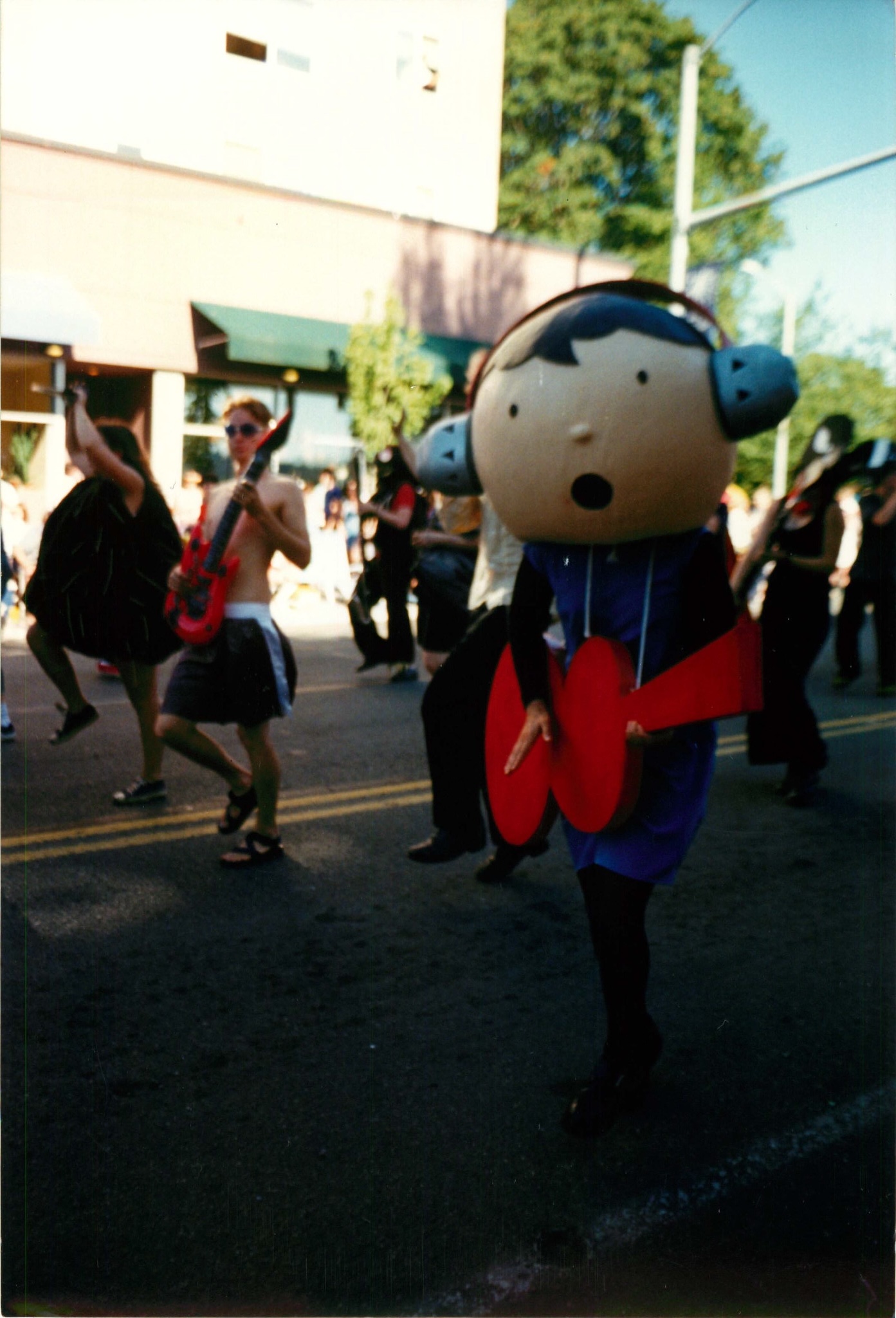
chickfactor: How did the event come about? What do you remember about putting it together?
Pat Maley: The 1991, I had been running my recording studio (Yoyo) for about nine years, and by that time I had recorded many of the local bands, including lots of bands for K Records. So when I found out that K was putting on the International Pop Underground Convention (IPUC) at the Capitol Theater, I got very excited about the idea of recording all the shows, which happened, and was great fun and an album was made.
A couple years later, I asked my friends at K Records if they were going to do another IPUC; they said no. So I asked how they would feel if I put on something like it, which they must’ve been OK with because they were such a valuable source of information and support about what to do, how to do it, and what not to do. For me, wanting to record a festival was the gateway to wanting to organize one, but the feeling of a pre-Internet summertime party vibe punk rock/punk pop/multi-genre five-day music festival was the high I was seeking.
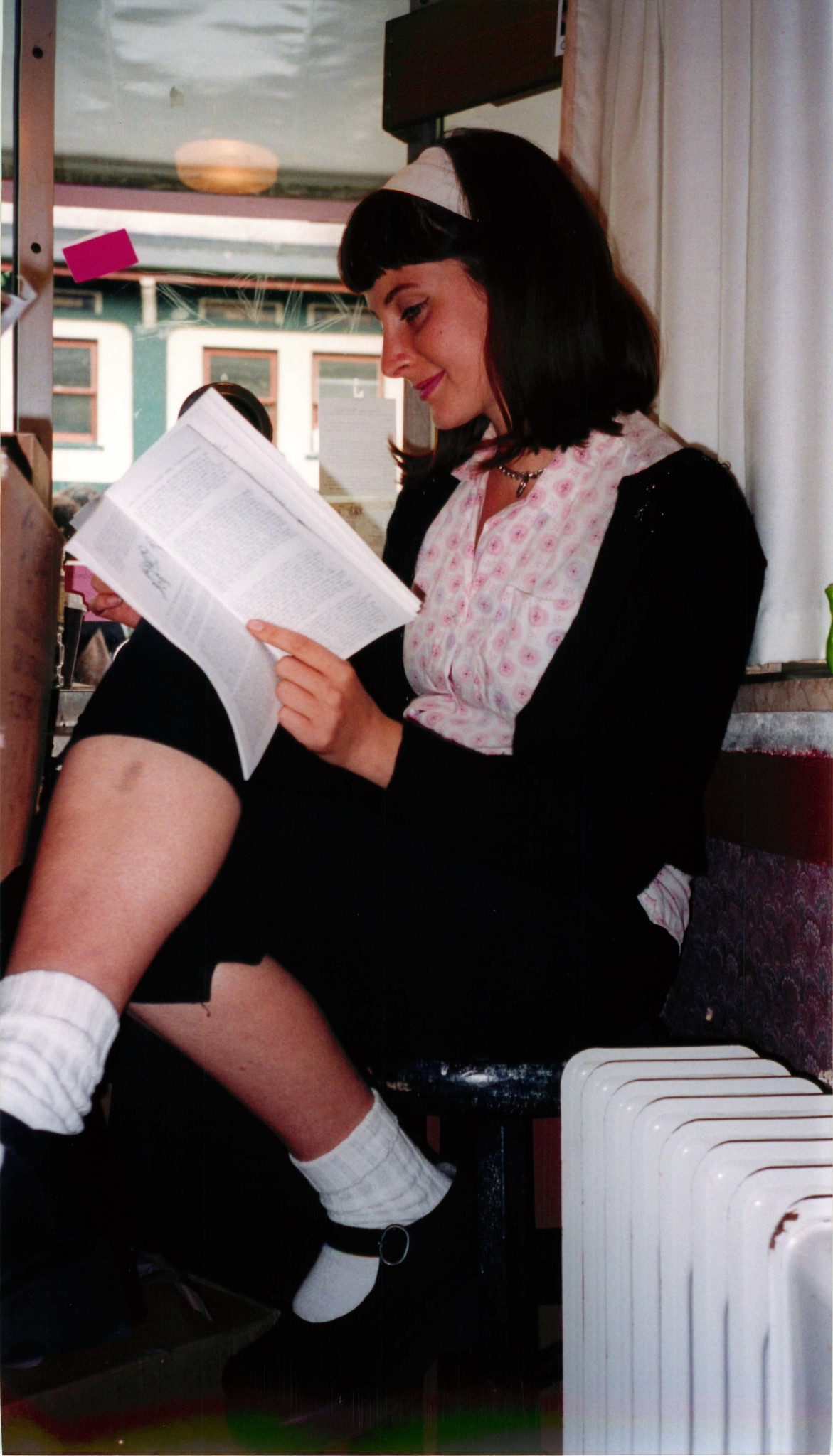
I can’t remember how I met Michelle Noel, but I do know that asking her to help me organize this festival was the way I got to know her. I still thank my intuition for making that choice, because Michelle was masterful at organization, she was unwaveringly principled, and was able to stay connected with a sense of joy, which is what really made the festival feel alive. And I think that feeling alive-ness is ultimately why our four Yoyo A Go Gos were so successful. I remember that sometimes I would worry at how serious Michelle could become when the work got challenging, but what’s most memorable about her is how absolutely delighted and animated she would become about watching her favorite bands perform. We worked well together, and our musical tastes were complementary in that her tastes were more garage punk, and mine were more pop punk, with plenty of overlap. We don’t see each other often these days, but whenever we do, I know that I feel a great deal of love and admiration for her, and she tells me she feels the same.
In December 1993, I got a call from Calvin Johnson inviting me to go see “a couple of bands from Japan up at Evergreen…” we went to see Copass Grinderz and the Blood Thirsty Butchers, who put on such amazing shows that Calvin and I invited them to record the next day. I called in sick at work and was able to record two songs each. Two of those recordings, one from each band, are on the Periscope studio compilation, and both bands came back to perform at Yoyo A Go Go in 1994. I believe this is in part how I got to know Kent Oiwa who was a student at the Evergreen State College.
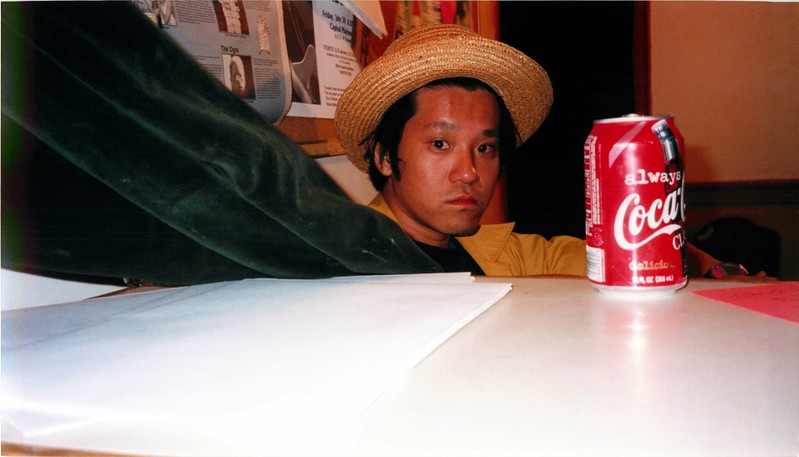
When I first met Kent Oiwa, he had been working as a live sound engineer for backstage shows at the Capitol Theater. Initially he came to work with Michelle and I as an intern, as part of his learning contract at Evergreen, but quickly, he became the third organizer. I believe that my insecurity and immaturity at the time clouded my ability to see really Kent and his role as an organizer, but in retrospect, I am happy to know how clearly his presence, creativity, talents, contributions, and hard work were absolutely essential to the success of the festival as an artistic expression. Kento-san was for many years: an organizer of subsequent Yoyo festivals; a key to the functioning of the recording studio; he co-founded one of Olympia’s most original and creative musical exports, IQU; and he is still a dear friend. In 1996 invited me to travel to Japan and stay with his family. He took such great care of me on that trip, which is why for me it was trip was so ridiculously rich and memorable. When I think about Kent as a friend, I feel an abundance of gratitude, and some grief that at the time I wasn’t fully able to feel and express that gratitude as much as I feel it now.
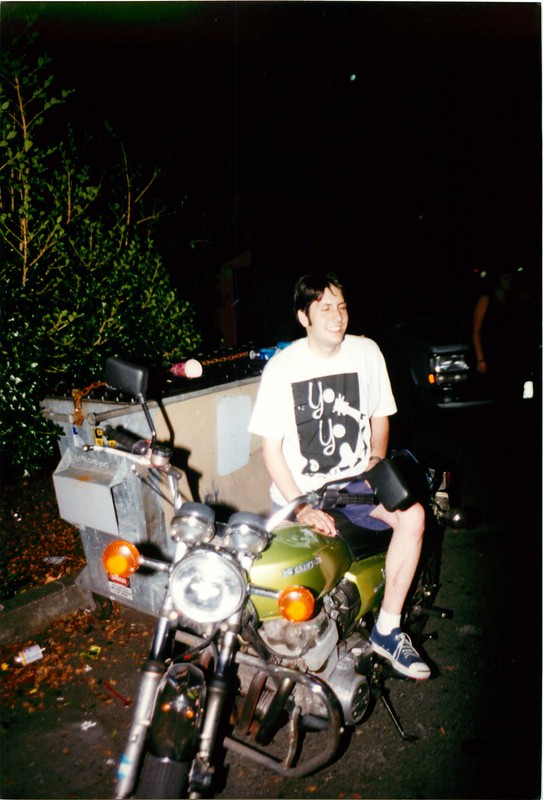
I think Michelle Noel first brought Pat Castaldo to my attention when I wondered something like “who’s the skinny kid who’s always enthusiastically working the ticket booth?” He was and is a quick wit, excitable, energetic, and there was something about his East Coast-ness that made me feel at home. Through the four festivals there were hundreds of hard-working, enthusiastic, lovable/adorable volunteers who were not only the heart of, but the cardiovascular system of whatever it was that made these festivals, unique and so enjoyable; and at the risk of using really clunky mixed metaphors, Pat Castaldo was the cream of the volunteers who rose to the top to be an organizer of the festivals after 1994. Which is to say that he was effectively an organizer during those five days in July 1994. For years after, he made the Yoyo recording label possible by being the primary graphics layout artist and worked closely with Tae Won Yu who created most of the artistic imagery for the festivals and live albums. These days, messaging, or getting to visit with Pat makes me very happy because I know that I am in for playfulness, brilliance, connection and warmth.
I have always marveled at the artistic vision of Tae Won Yu, who I met in 1991 in New York City. I had just finished playing a set with Lois Maffeo and was breaking down my drums on the stage at CBGB, when Tae handed me a cassette of his band Kicking Giant. Sometime after that, he and Rachel Carns moved to Olympia, and sometime after that, his artwork became the look of the visual introduction to the festival. The posters he made for the festivals were so beautiful and inviting. The poster itself felt to me like a summertime party.
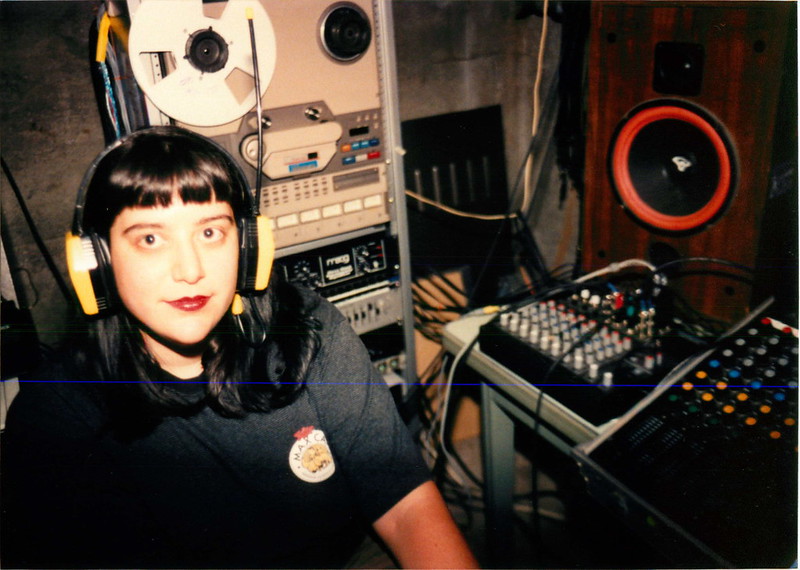
There are so many people to mention, and so many names I have forgotten. I feel a low level, subconscious grief about the loss of memory of people and their generosity. Here are names of friends who were there and helped in all the ways: Lois Maffeo, Candice Pedersen, Calvin Johnson, Nikki McClure, Sara Lorimer, Diana Arens, Brooks Martin, Sharon Franklin, Shigeki Nishimura.
There’s so much more I could say, so many stories and challenges and moments of joy. It’s also hard for me to convey how meaningful and deeply personal the festivals are, particularly the first one. I still feel so grateful and fortunate that with the help of so many friends, I was able to translate something I loved and felt passionate about into something so beautiful and rewarding.
Several summers ago, I was waiting in line to enter a show on the backstage of the Capitol Theater. It was a beautiful June evening, and I was about to see Jonathan Richman perform after having chatted with him earlier that day. I was thinking about his song “That Summer Feeling” and the line about how… “That summer feeling is going to haunt you one day in your life.” And I started thinking about all the years I’d spent in the theater I was about to walk into, and it definitely haunted me, and as if on cue, from inside the theater, Jonathan start strumming the chords of the song. And it reassured me that there’s magic like that happening all of the time, I just need to notice that it’s there.
Pat Castaldo: So I just showed up and started helping — I honestly didn’t realize at the time how big of an undertaking it was; I’m not even sure Michelle and Pat and Kento really did either. Apart from bands being on time and stuff, the biggest challenge for me front of house was just a sort of pre-screening, light crowd control — overall it’s an amazing and wonderful crowd, but there’s always a handful of folks — like five maybe out of a thousand? — who want to get drunk or cause a ruckus or something.
Being the person “in the lobby” every day, I got to deal with a lot of those folks.

Did you attend YoYo in 1994? In what capacity were you involved?
Pat Castaldo: I did — I went to pretty much everything at the Capitol Theater during the time, mostly as a volunteer. I would have wanted to see the bands already, but to me the community aspect was always the tops — just being in the theater, being part of something bigger than yourself was amazing.
So I showed up to volunteer and quickly ended up, as it was happening, running the front of house during the first Yoyo. Doing errands, managing volunteers and working the door and ticket booth.
Lara Cohen (Runt zine): Crayon and the Softies had stayed at my house when they played a show in Philadelphia that spring, and I think they were the ones who first told me about it. They said that if I could get out to Olympia, I could stay where they were staying—at this guy Aaron’s parents’ house. (Thank you, Aaron! You were so nice and a year later, when I went off to college, sent me a copy of Paolo Freire’s Pedagogy of the Oppressed.) There must have been 15 people staying there, and I have fond memories of everyone trying out the NordicTrak.
How did it feel different from other festivals at the time?
Pat Castaldo: I had gone to the first Lollapalooza in high school, but otherwise, I don’t think I really had ever gone to a festival before — I had walked by K’s IPU Convention when it was on, but didn’t know anything about it and was like “that looks cool, maybe I’ll go next year.”
I think the big thing that felt crazy and different to me at the time is how far folks were coming for it — people traveling to Olympia as a destination felt foreign to me then (and now, to be honest).
What impact did it have on the city of Olympia?
Pat Castaldo: I think IPU was the first big explosion and then the Yoyos were powerful echos — incredible and their own thing. For me, the literal do-it-yourself nature is what held into other things. To me so much of the Olympia DIY movement was a “we have to do it ourselves or no one else will” and I don’t think if I hadn’t been volunteering at the theater I would have ever learned how important that is.
I think folks moving to Olympia to make even more of a scene definitely happened after the first Yoyo.
Indie bands beget other Indie bands and it’s kinda wonderful.
I just read Kathleen’s memoir and found it an excellent time capsule of the time — and it captured the feeling of how sick people could get of Olympia at times; mostly because the scene was so incredibly small. I never found the “I want to get out of here” feeling, but completely understand how people could. If she hadn’t moved to DC, then Riot Grrrl might not have been brought back, and then that also that means Ladyfest and other even bigger things might not have ever happened.
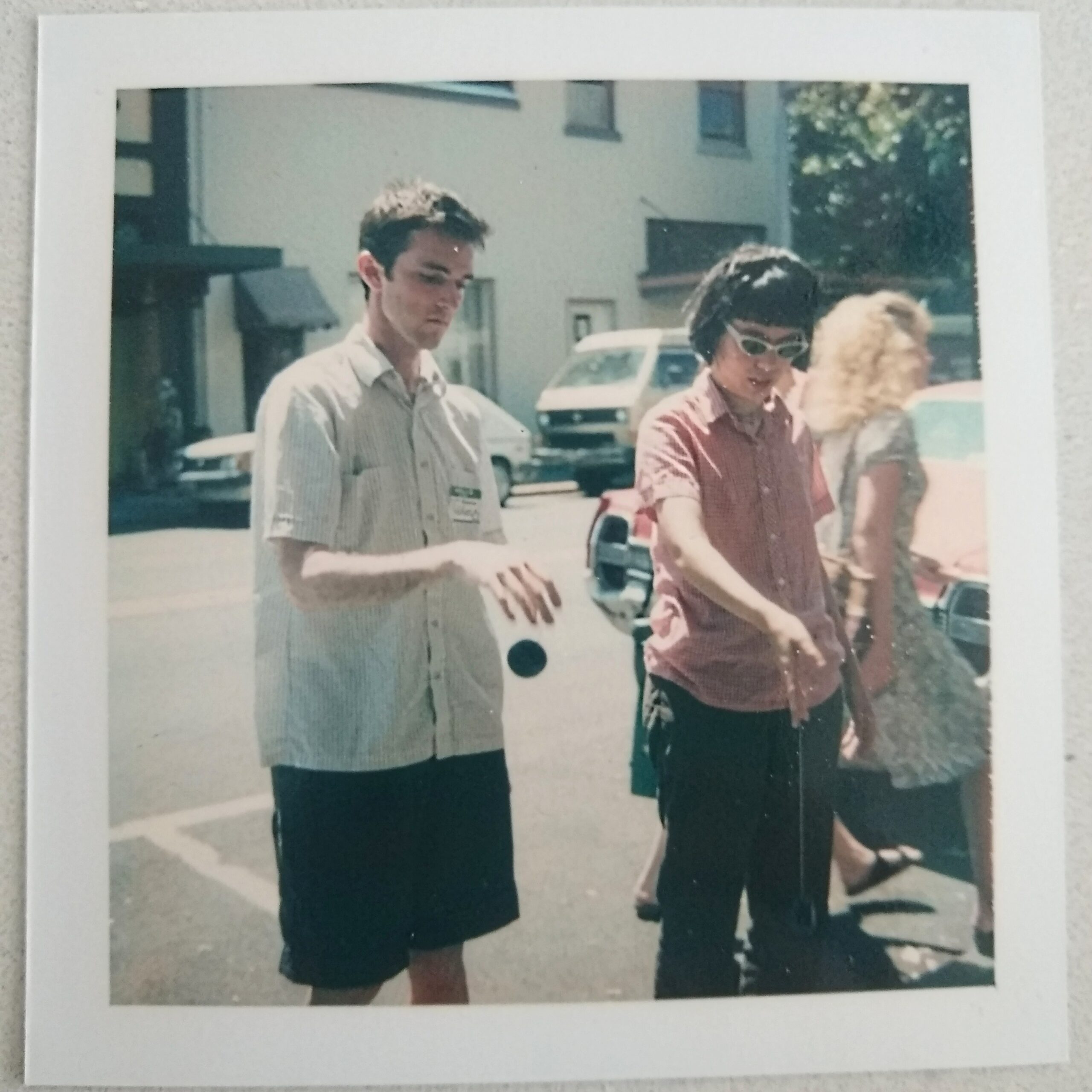
What was the Olympia/larger independent pop scene like in 1994 vs. 2024?
Pat Castaldo: I know nothing about the 2024 scene, but do think, that we had a special thing from like ’91-2005 or so, and after that things started to change a bit. How exactly is hard to pin down. I ended up leaving town in 2008 to move, like so many other Olympians did, to Portland.
What performances stand out in your memory?
Lara Cohen (Runt zine): Some Velvet Sidewalk, Lois and surprise Courtney Love reunion, Blairmailer, Kicking Giant, Jad Fair, Team Dresch, Halo Benders, Excuse 17.
What was the vibe in general?
Lara Cohen (Runt zine): Maybe people who were older and wiser at the time saw a more complicated dynamic, but to me as a teenager, it was glorious. The lineup was ridiculous and people were just giddy with excitement. The Olympians were really generous to the out-of-towners—even though I kind of stumbled in, people fed me, let me sleep on their floor, took me swimming and berry-picking, etc. I babysat Stella Marrs and Al Larsen’s child even though they had never met me before. It was hard to be a starry-eyed fan and try to play it cool when suddenly you were surrounded by all these people whose music you loved so much. I definitely failed.
What other memories do you have?
Lara Cohen (Runt zine): The organizers gave out yoyos and everyone rose to the occasion; I have all these photos of people trying to learn tricks. There was competition to win giant stuffed animals at the Lakefair carnival and gift them to other people who would then have to carry them around. Am I remembering correctly that it was very hot? I didn’t go to the parade, which I deeply regretted, and I think it was because the only clean shirt I had left was a thermal and I couldn’t take being outside in it. Later Tae Won Yu loaned me some shorts he’d worn as a child. David Nichols from the Cannanes and Blairmailer offered to walk me back to Aaron’s house after a party because “I bet there are some Australian drinking songs you don’t know.” But it was miles away, so instead Beck gave me a ride and we got lost in a housing development. It was totally surreal. I was in love with like 10 different people.
Pat Castaldo: It’s funny because it’s been so long ago, the album we made is the strongest musical memory I have left. Triple Vinyl! Tae and I did the cover together! I always regret how “red” people’s faces are on the back — it was one of my first every full-color albums, all the K stuff at the time was just two-color, and my crappy Mac monitor wasn’t up to the task.
But just reading the track listing I can smell the theater. I can picture Becca, Carrie and CJ (Excuse 17) playing their set and just being blown away. I remember Corin Tucker (Heavens to Betsy) standing there so strong and playing Ax Men and thinking, “woah, that’s the girl who works at the camera shop in the mall!” To this day those two albums and those live shows are some of my favorite music from Olympia at the time.
I remember wondering “how is there this crazy Japanese band playing?” when Bloodthirsty Butchers came on (and later staying at one of their apartments when I went to Tokyo).
I remember Mikey being Mikey and just bringing so much energy to the Fitz of Depression set.
I remember Mary Lou Lord playing during the afternoon and being dumbstruck that it’s the same person I saw a few years before busking in a Boston subway. Just memorized how small of a world it was.
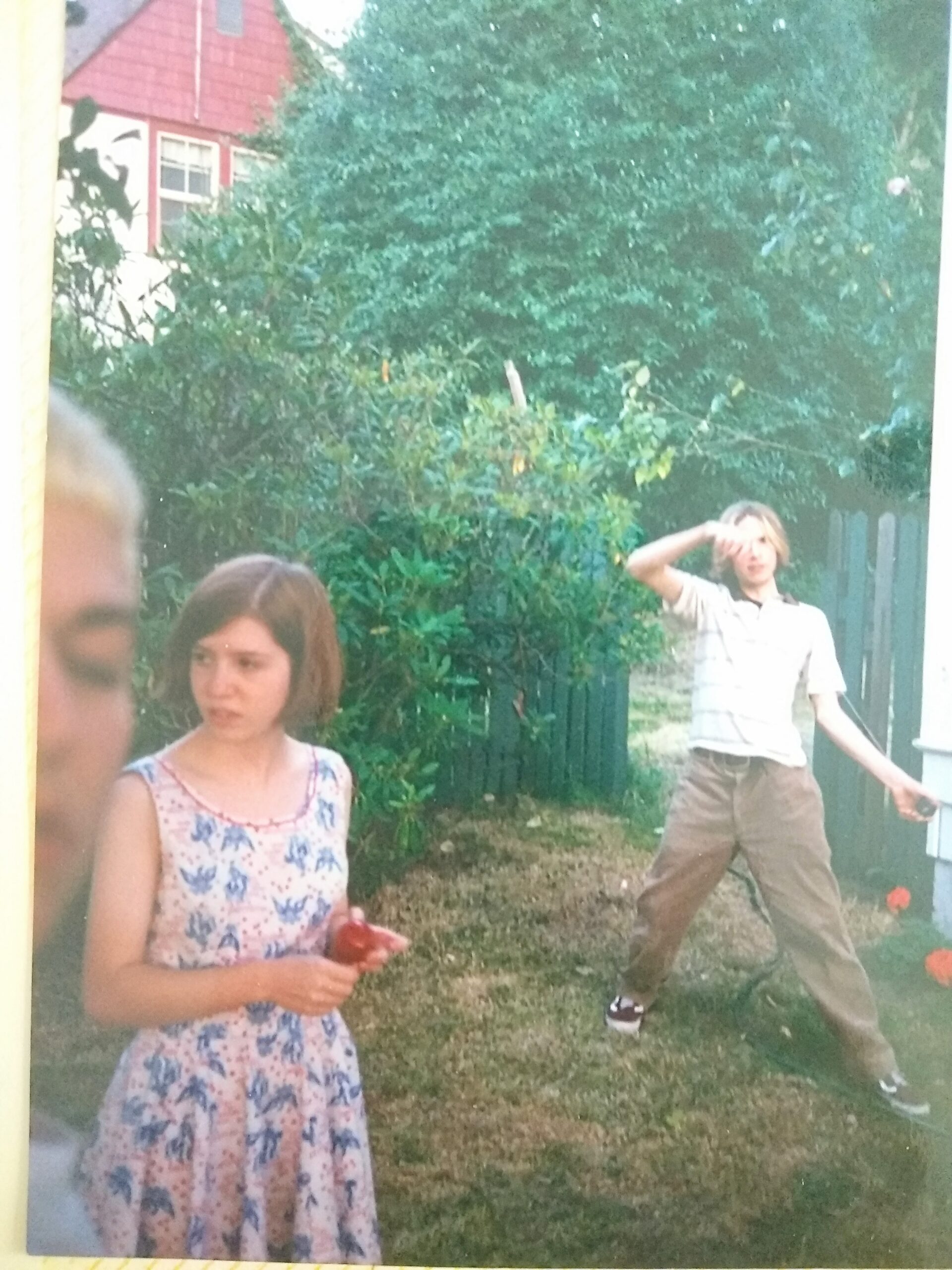
I remember giving Beck and his buddy Mario yo-yos that Pat had got and all of us trying to do tricks in the lobby (there’s a pic of this on my flickr).
I remember thinking Codeine was sublime and how had I never heard them before?
I remember loving to get to see Long Hind Legs followed by Some Velvet Sidewalk, and just basking in the glorious sonic diversity that was our tiny town.
And then, of course, Lois playing Strumpet — basically the unofficial anthem of everyone in town. We all kinda walked around like we owned it — because we did.
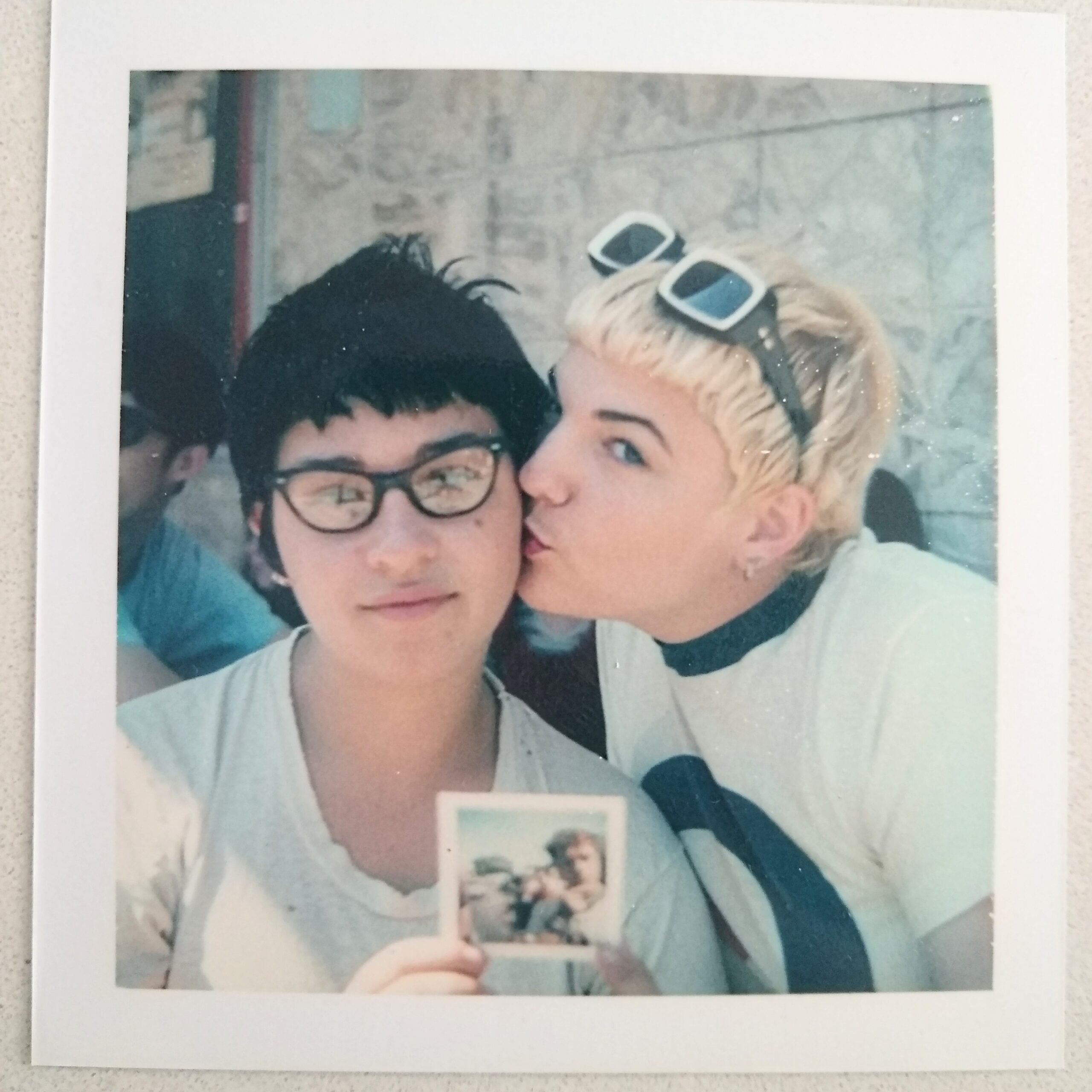
Brett Sandström (fan): Thinking about Bratmobile’s “Queenie”, I know it was a bit cliché how I found out about Yoyo-A-Gogo. I was flipping through the pages of my teenage girlfriend’s Sassy magazine. I ripped out the little advert/article and asked my parents for a check to mail off along with a passport photo a friend made me that same afternoon.
Summer now, and I was nervous about trying to find a way there. Luckily, I convinced a friend to drive the hour south in his 1969 emerald green Cadillac hearse. He dropped me off at Sylvester Park with my skateboard, a backpack with some clothes, and $100 cash. I was alone, and like a kid in a candy store, I immediately spent too much money on records at Positively 4th Street. Full from the excitement, I stowed everything away in a Greyhound locker.
It was noon on July 11 when I learned that the main events didn’t start until the next day. I keep myself busy skateboarding, loitering in the park, meeting new people, I even took in an action flick at the State Theatre, where I’m certain that Kathi Wilcox gave me a free pop! I also saw the documentary film The Band That Would Be King. I learned of a show later that night in the Back Stage called the Midnight-a-Gogo; it turned out to be Dub Narcotic Sound System. I danced and I met a woman there who invited me to stay in her hotel room.
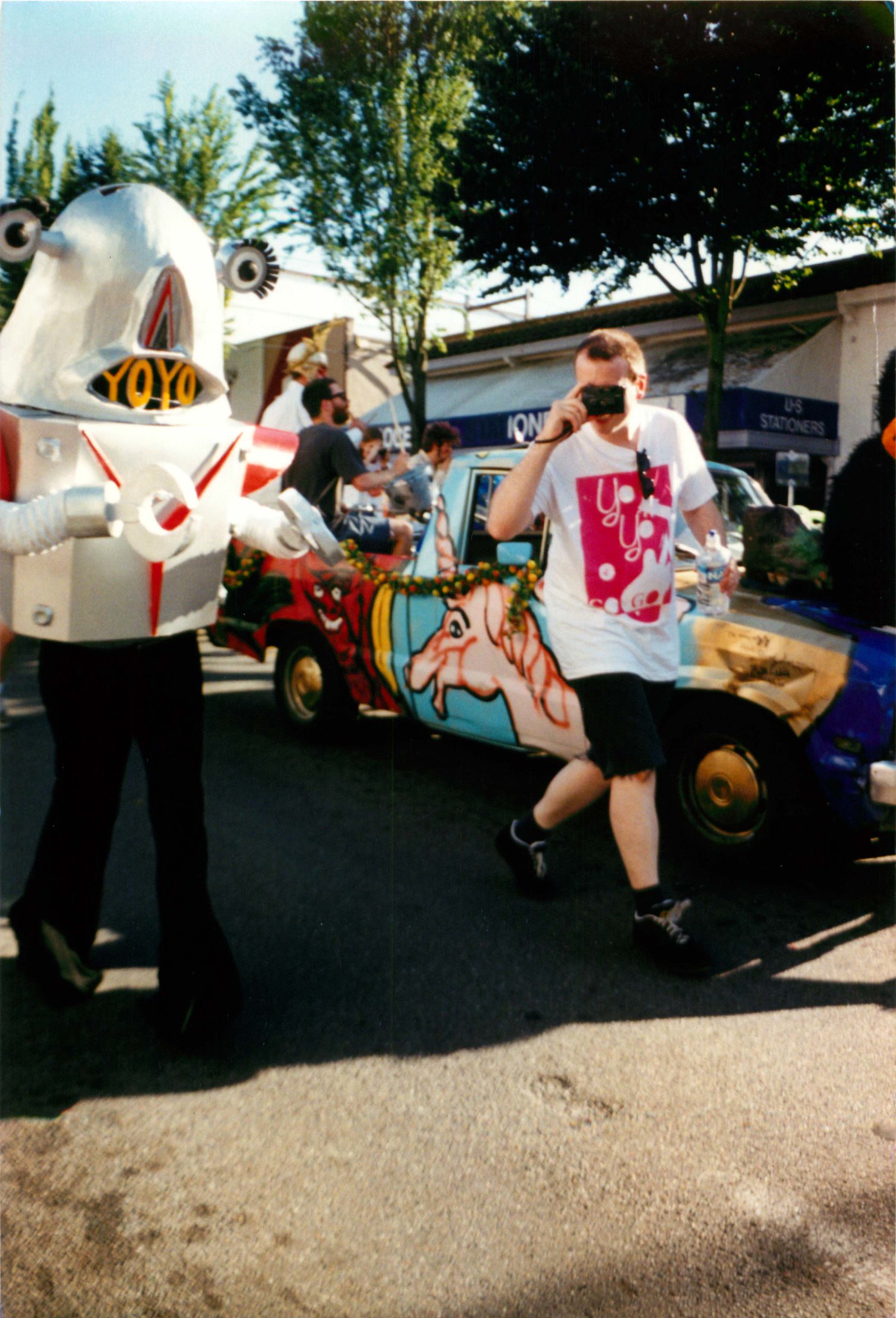
I was wearing contacts then and I woke up with some sort of allergic reaction where the light was blindingly bright. Even though I couldn’t really see, I managed to stumble my way past the Ribeye into downtown where I sat in front of the Capitol Theater to wait for the festivities to start. I stayed hours with my back against the beige walls of the theater, knees bent and my eyes buried in my lap. A woman named Brooke asked me if I was OK, and after telling her my woes, she invited me to hang out with her gang.
6PM – July 12– the shows started. I was truly excited to see all these bands I only knew from records, but I was thrilled that Tattle Tale was playing the first night. I had seen this amazing duo play dozens of times in the Seattle area, but this was on a big stage and I was excited for them. The Brentwoods were a hoot and Unwound’s bassy rumble to finish their set is something that still reverberates in my soul today.
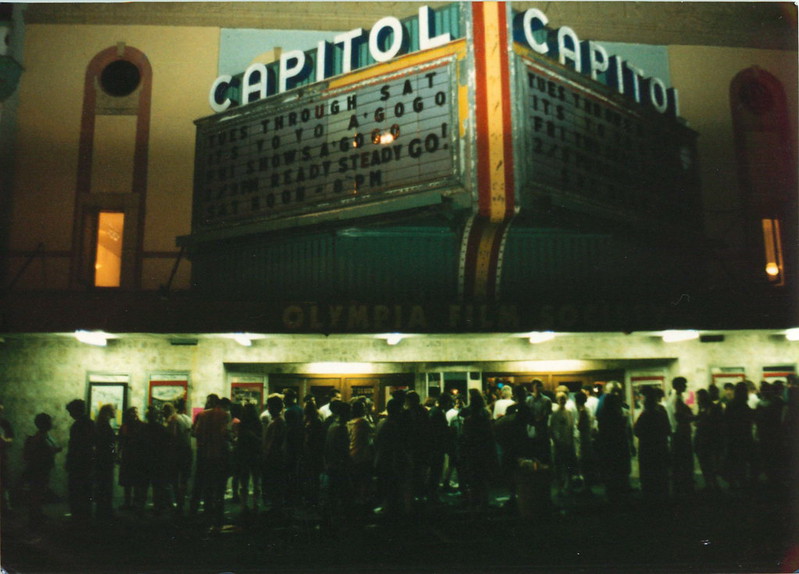
The rest of the week went by in a flash and so did the memories. I switched hands a couple more times. I was starstruck every few moments. Jean Smith walking through the crowd with everyone singing along, I walk alone! Seeing Tim Armstrong busk outside with Mary Lou Lord. Meeting my earliest teenage idol, Ian MacKaye. CALVIN! Seeing Beck play a whole different set than my suburban friends saw the next evening in Seattle. Lync, Slant 6, Kicking Giant… It was all too much!
In 1994, Yoyo-A-Gogo, for me, was an adventure – meeting so many new friends and seeing so many wonderful bands, it was a punk summer camp. And, what was it, like $50 bucks?! What a time!!!
Bryce Edwards (fan): Such a blur since it was 30 years ago but one thing I remember is sitting in The Apples in Stereo / Neutral Milk Hotel van with the bands (who I knew from Colorado) and the Apples were super psyched because someone cancelled and they ended up getting to play last minute. Robert and Hilarie from the Apples played as the NMH band along with Lisa from Secret Square on bass. I made zines at the time and handed out about 100 of them over the weekend. A few weeks before the festival, I met a skater lesbian on the street in NYC and she ended up road tripping with me back to Colorado and then to Olympia for the festival. I’m not even sure if she had a pass or not but we spent 2 months together on the road. Ahh youth.
